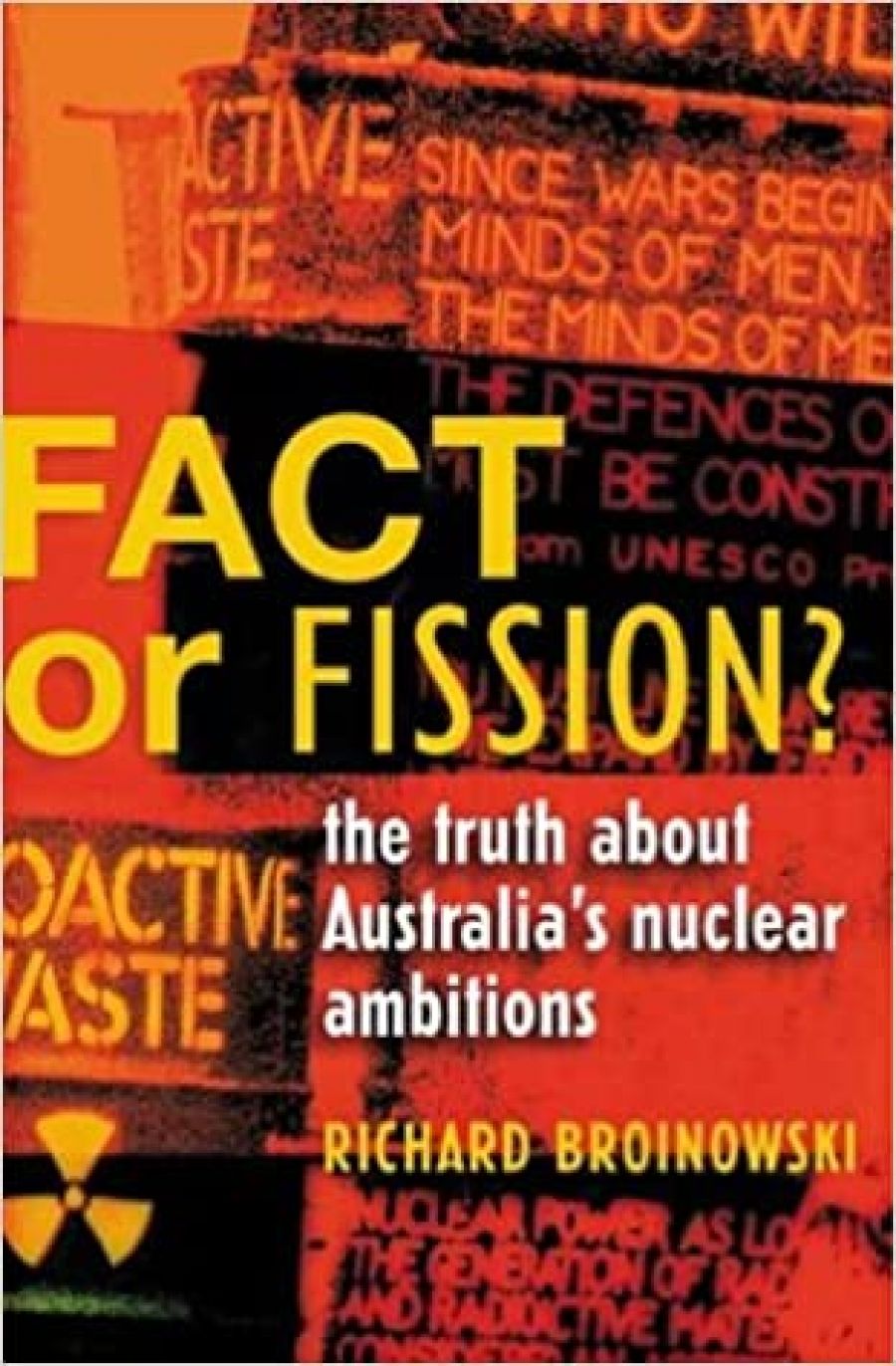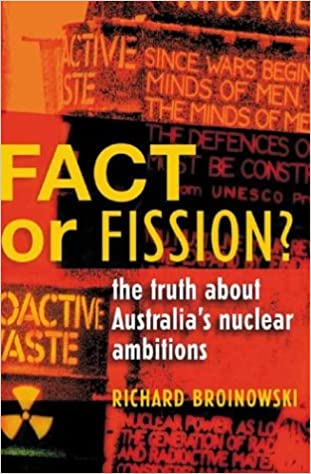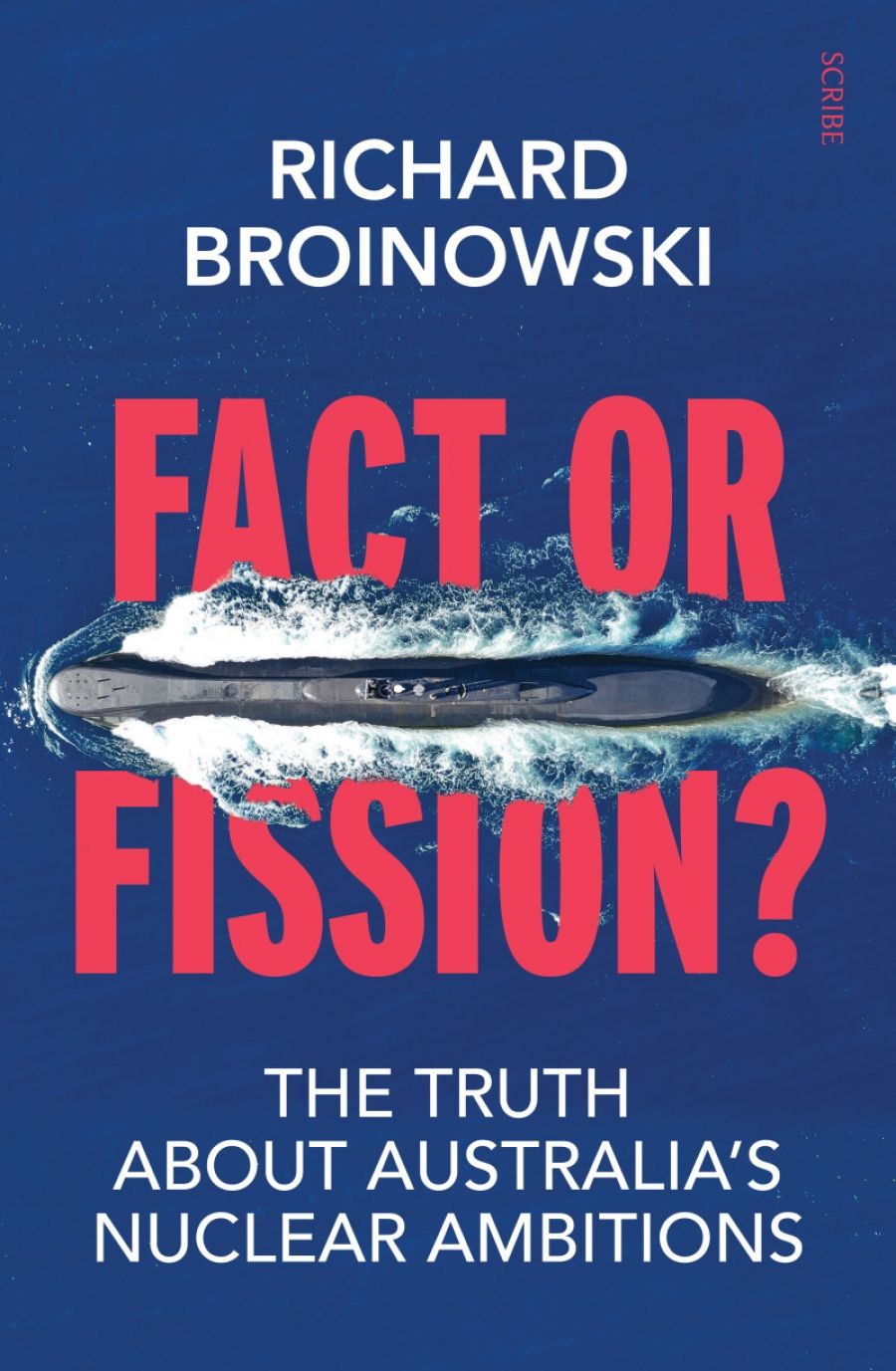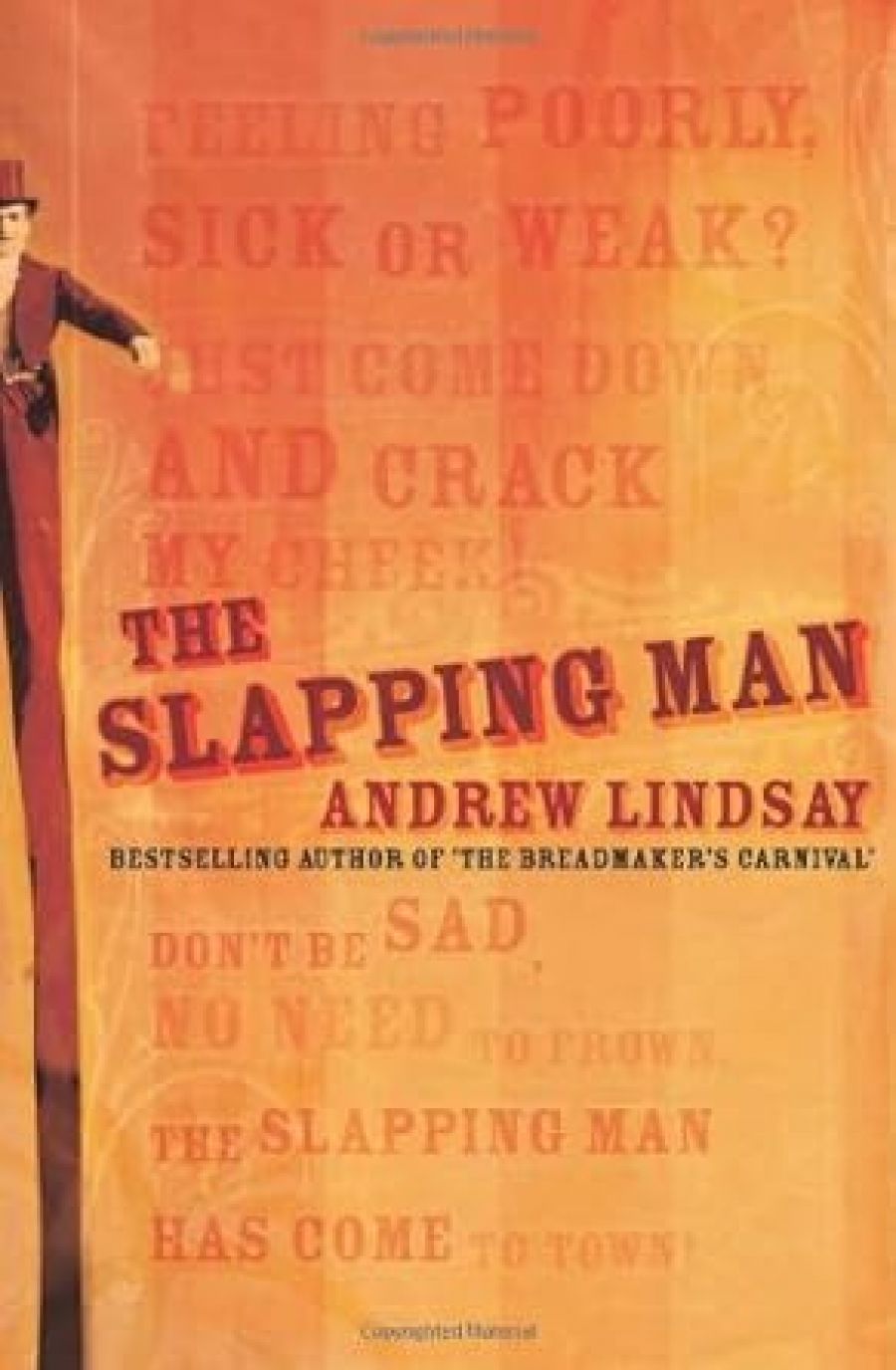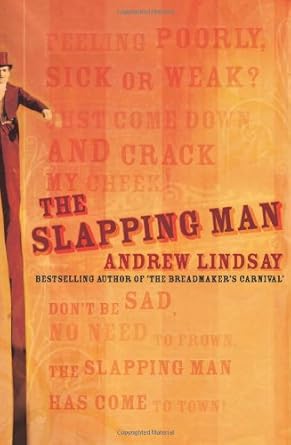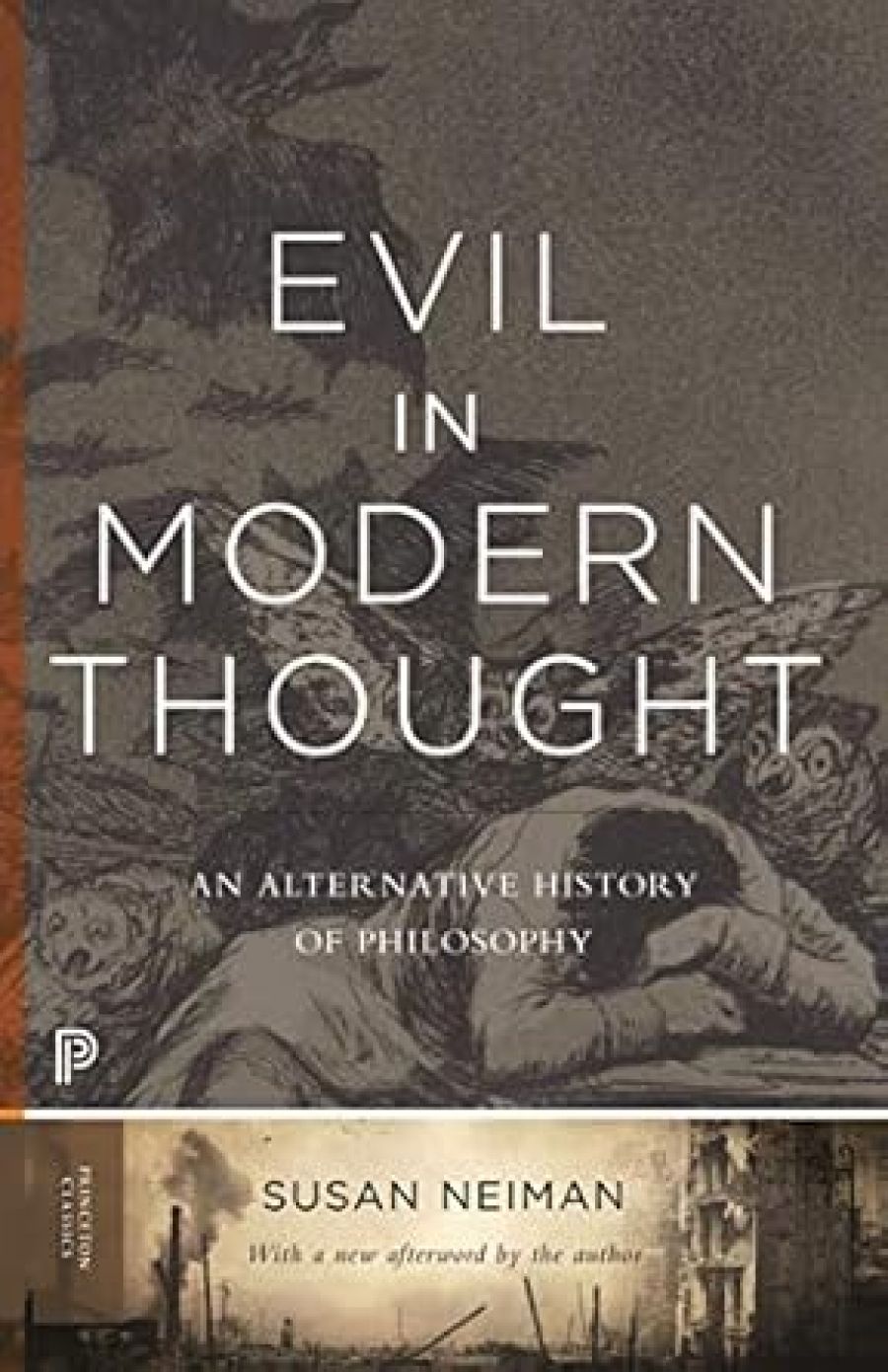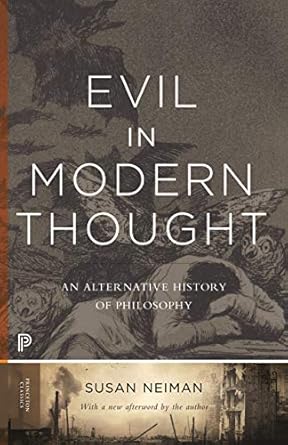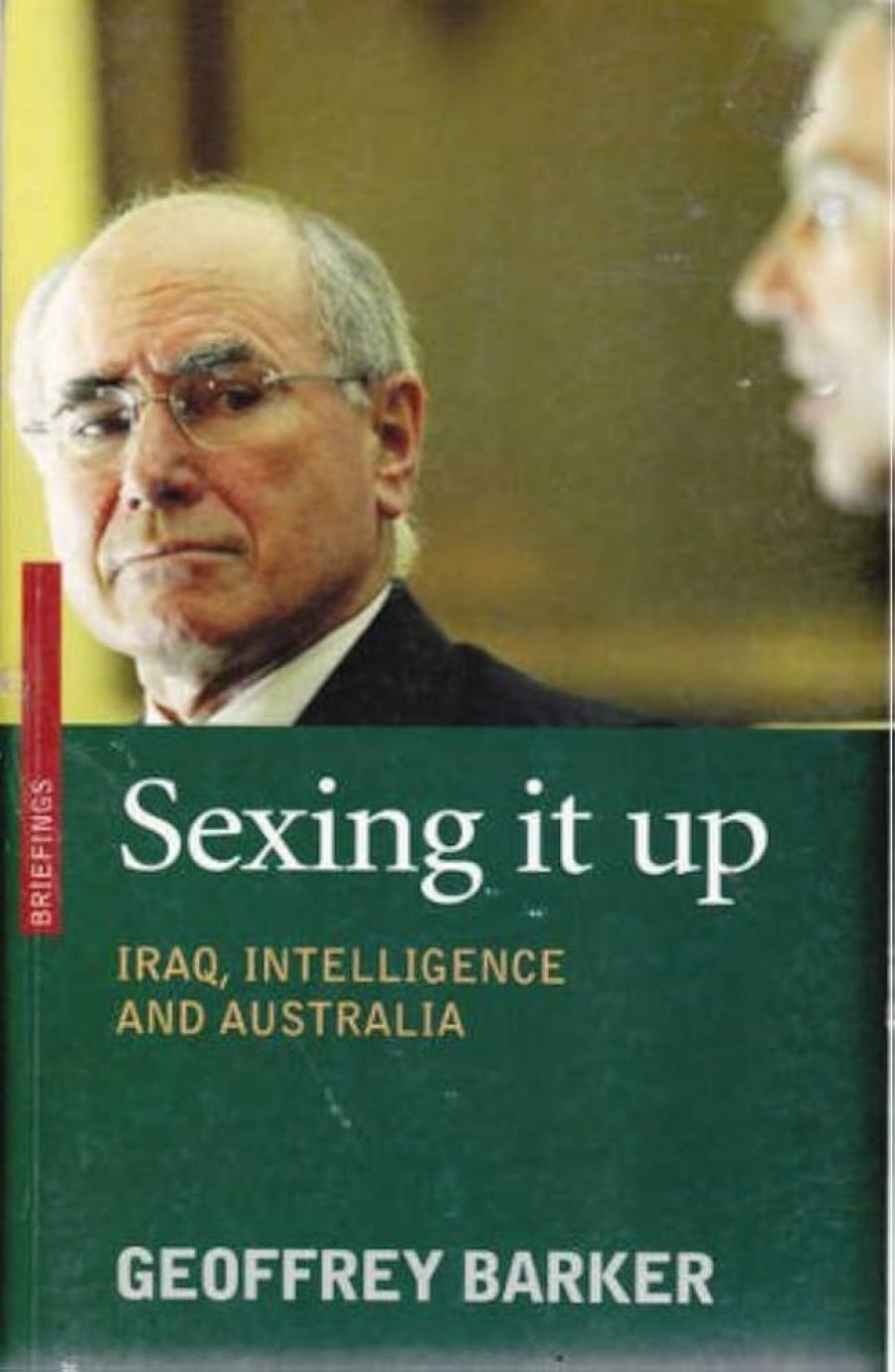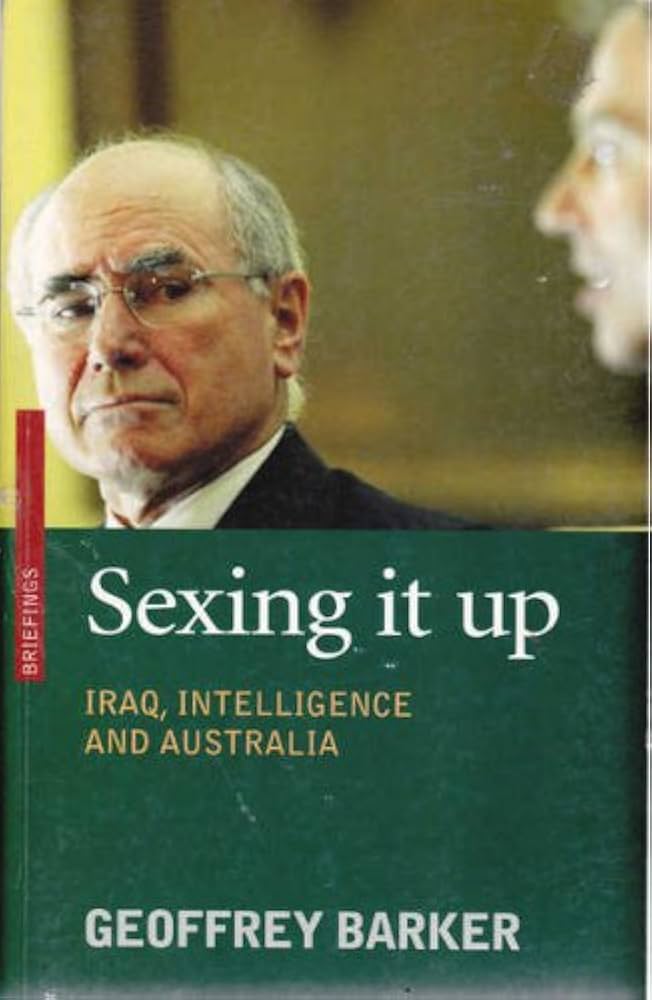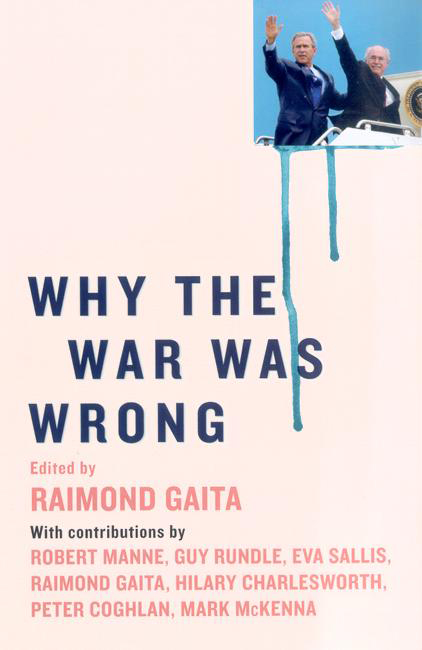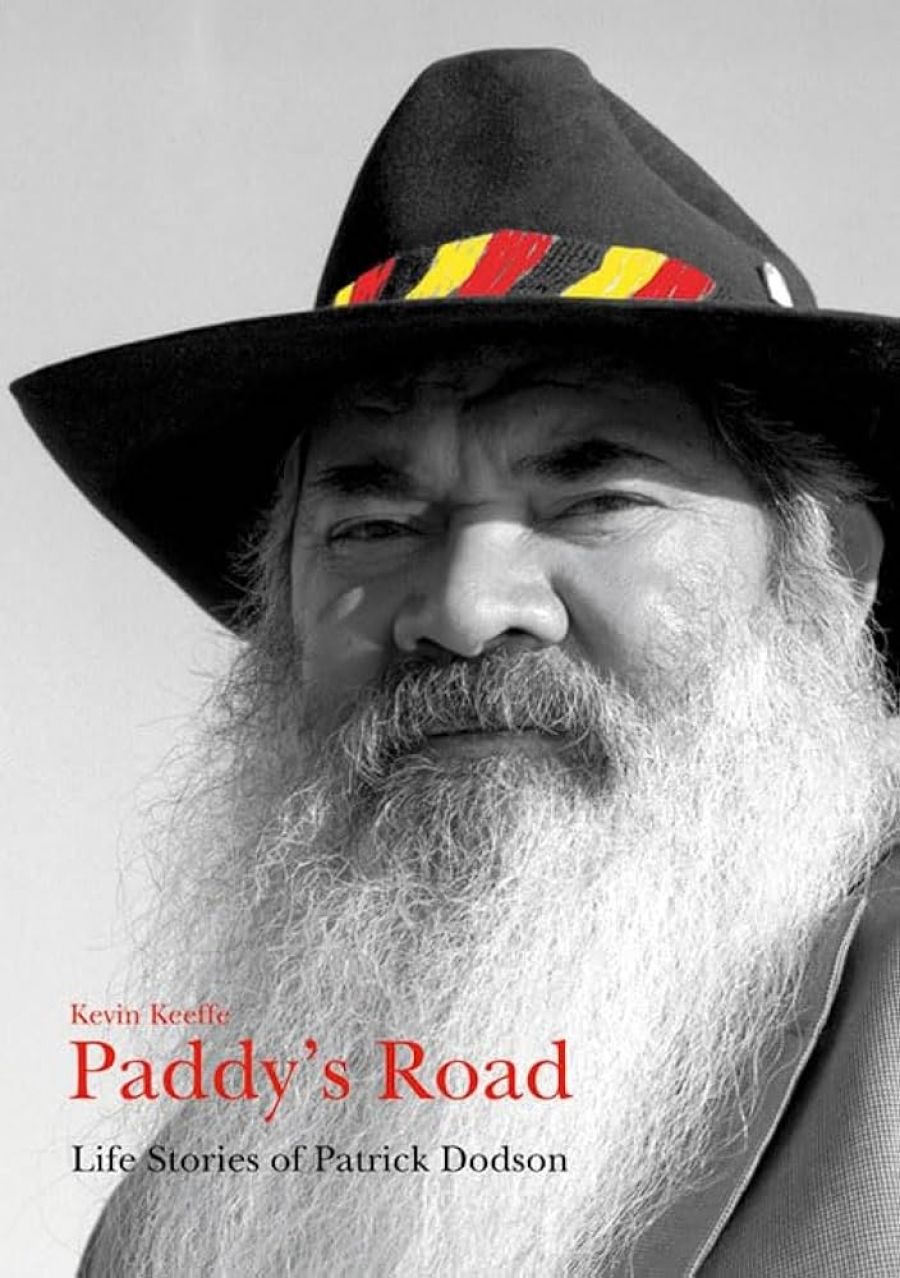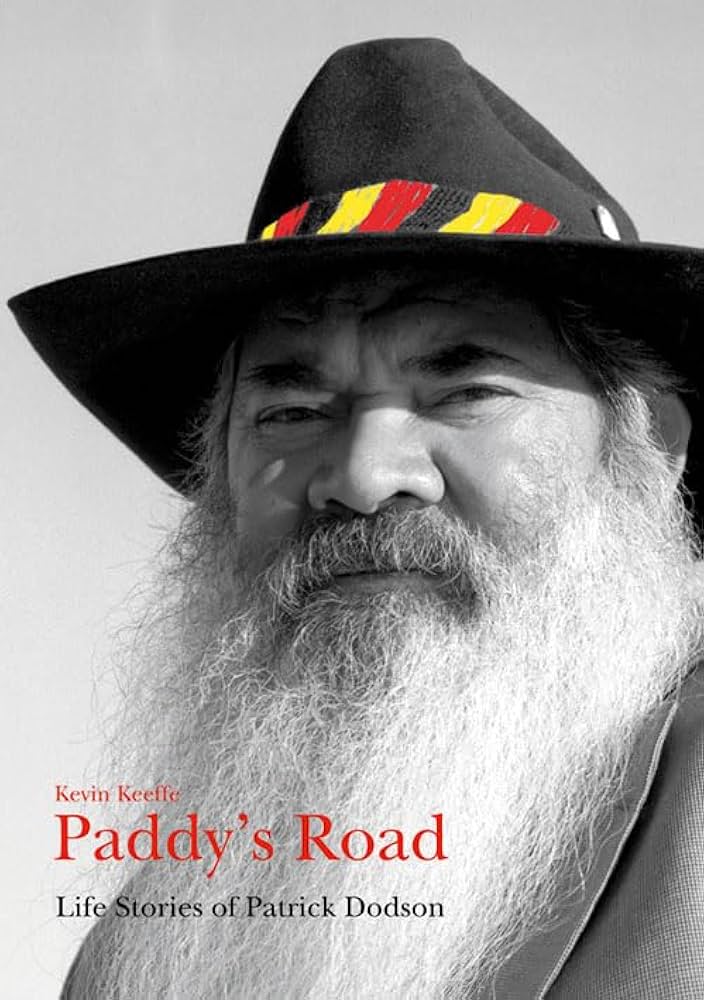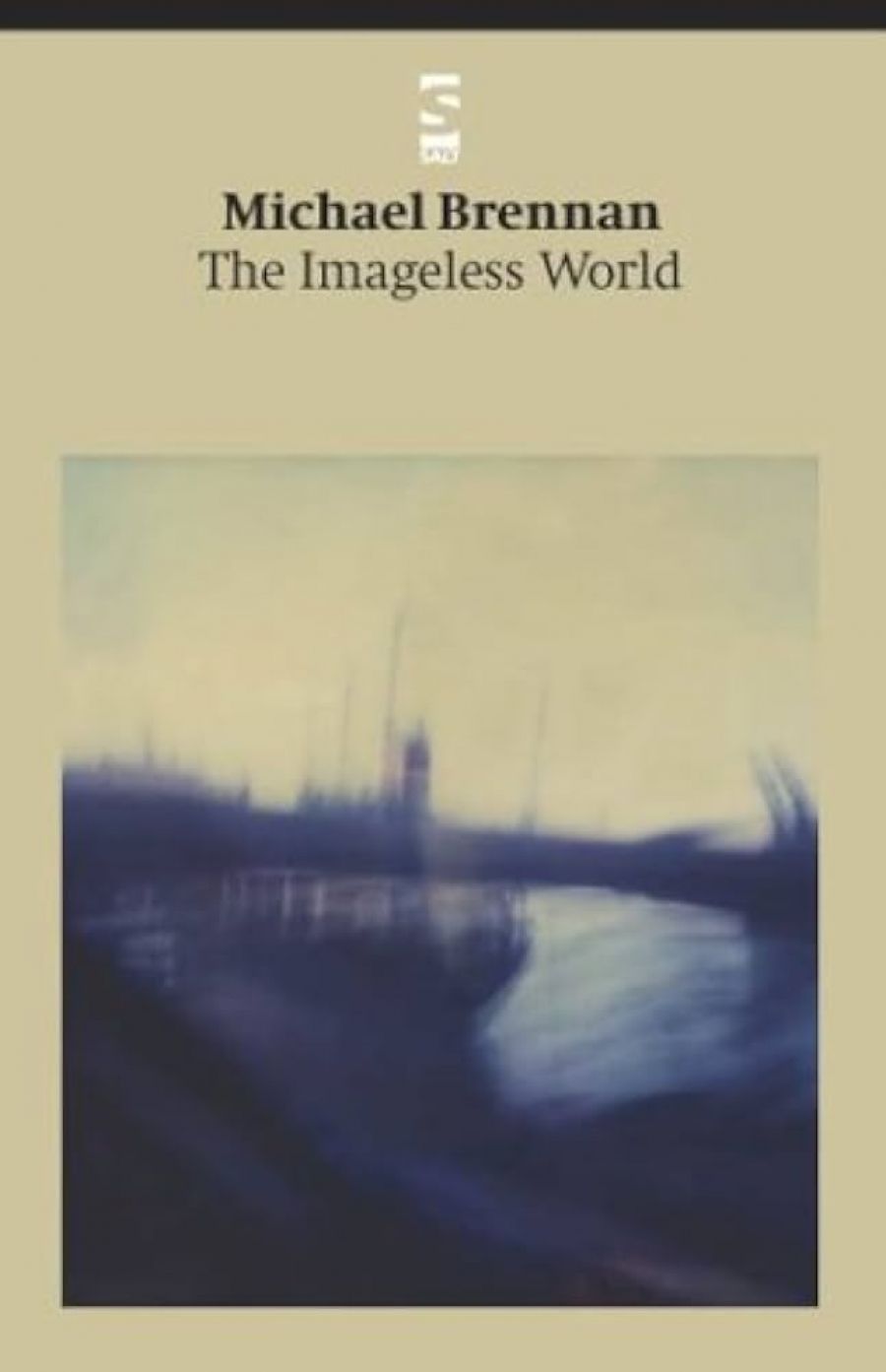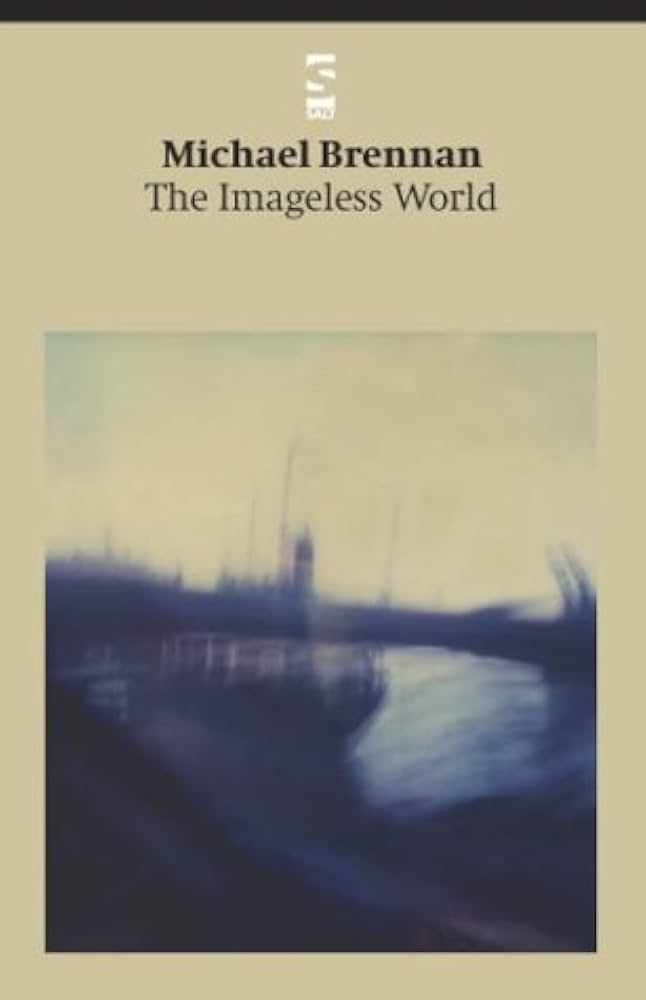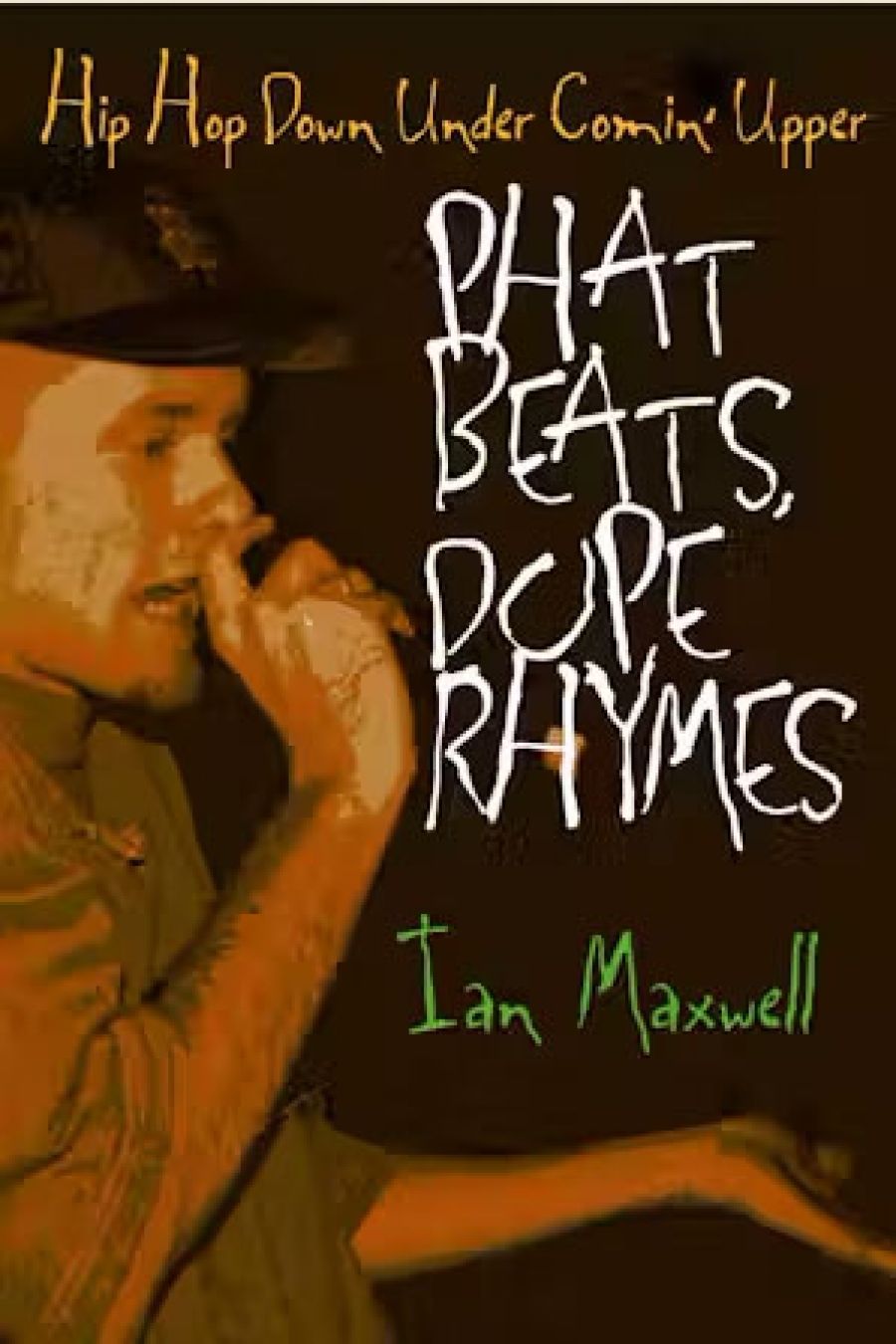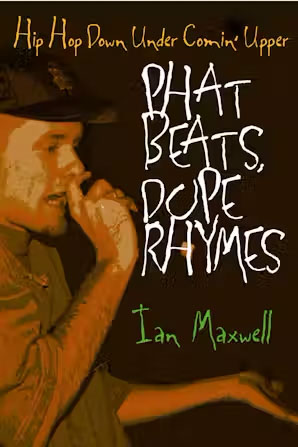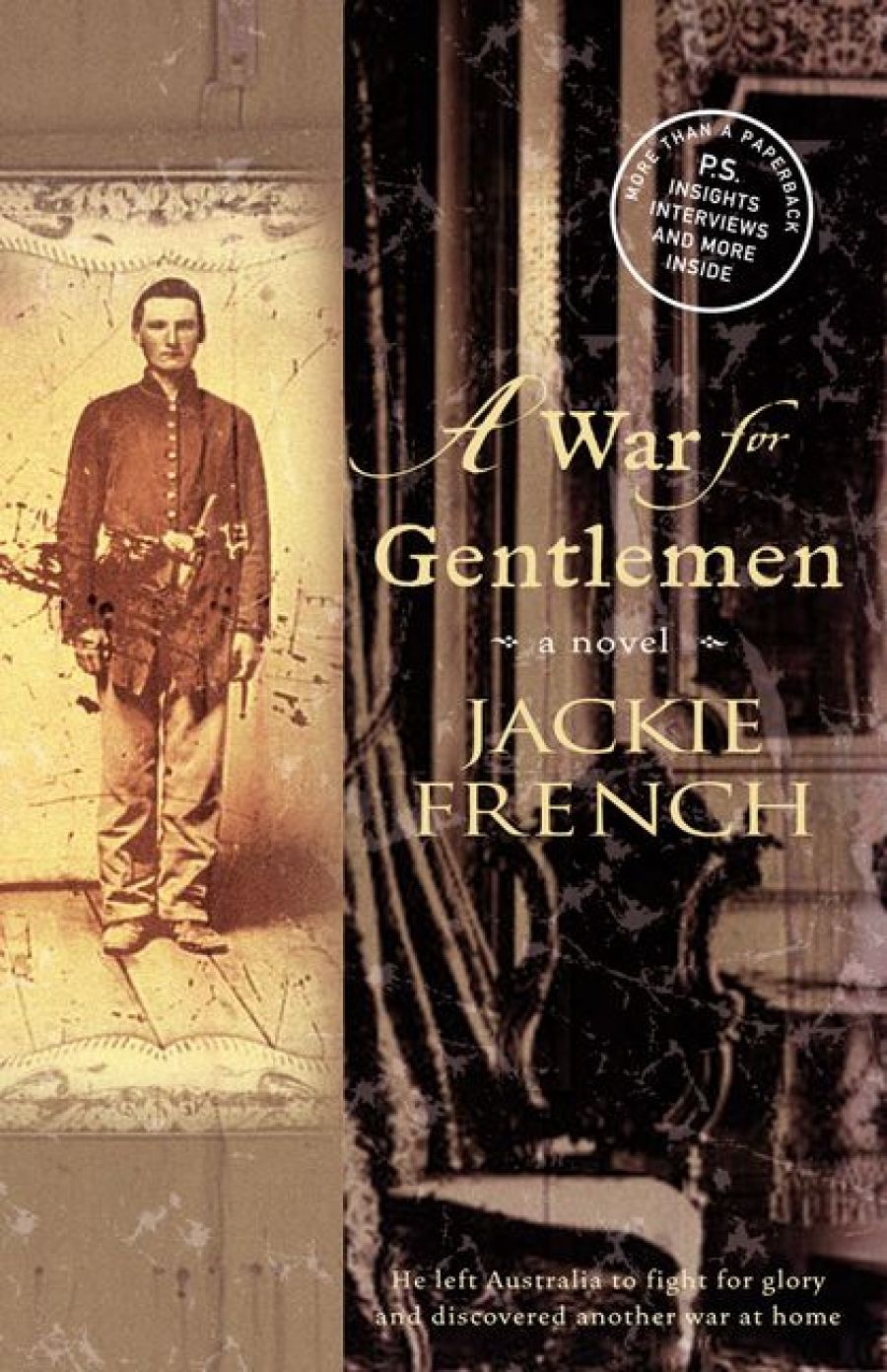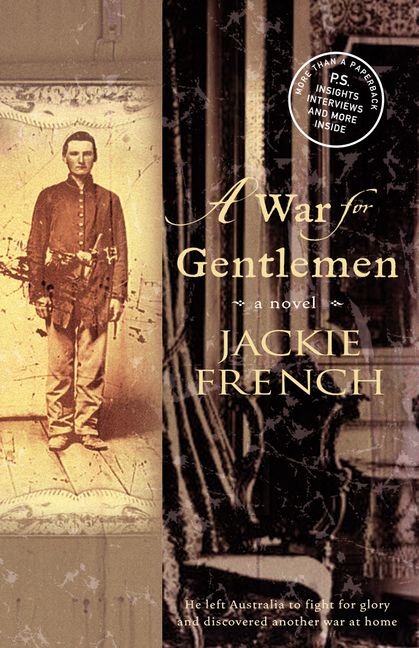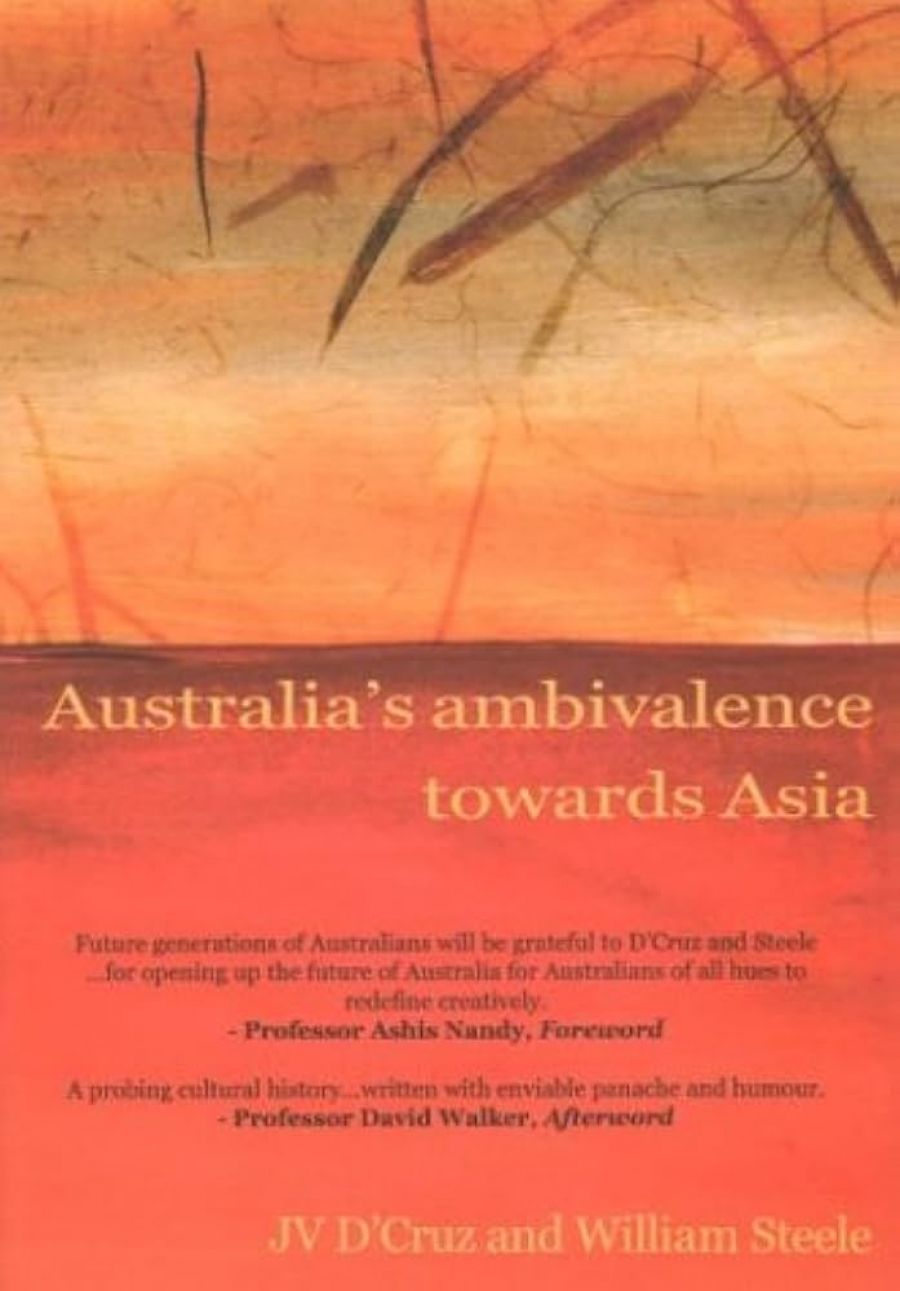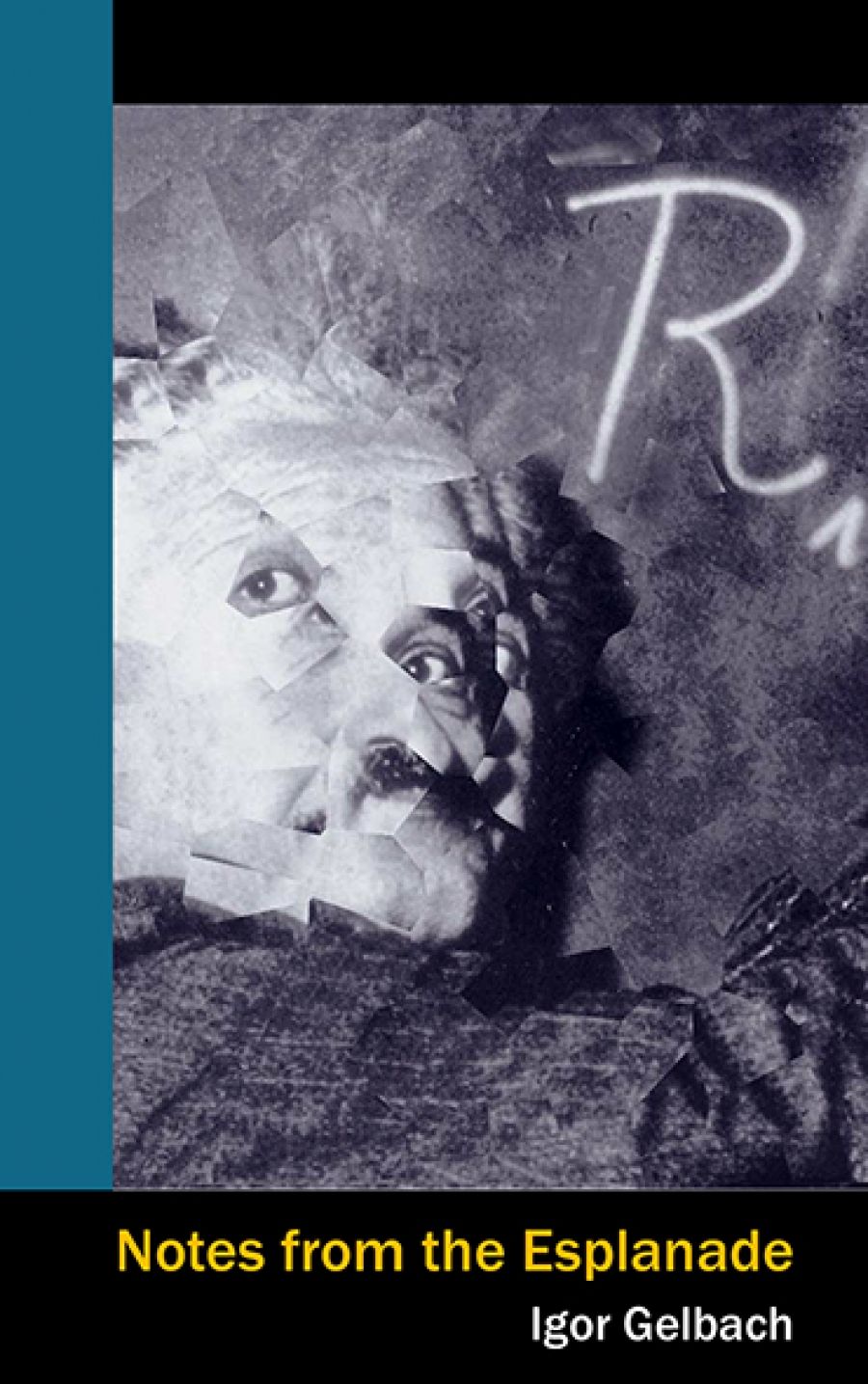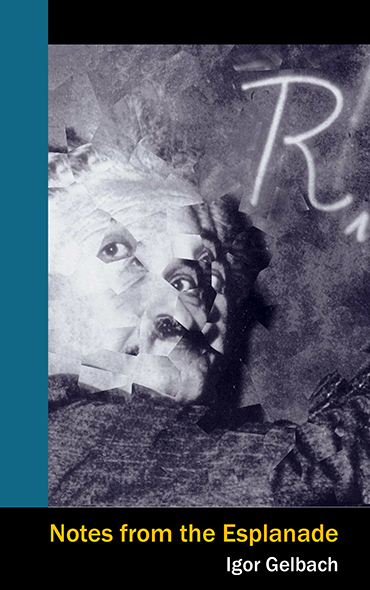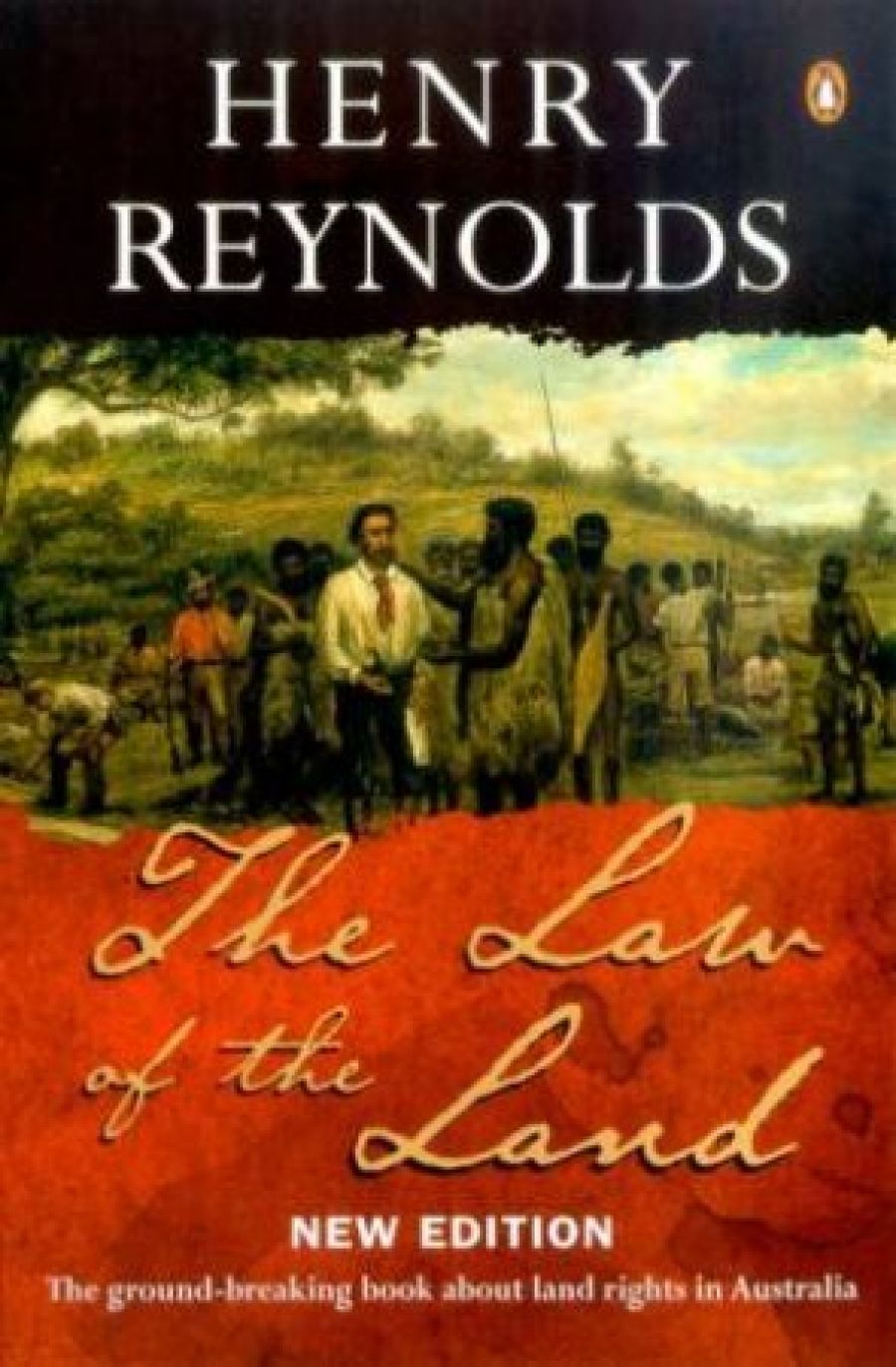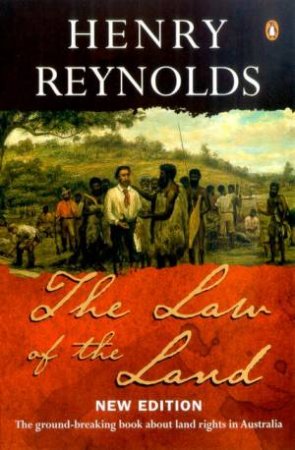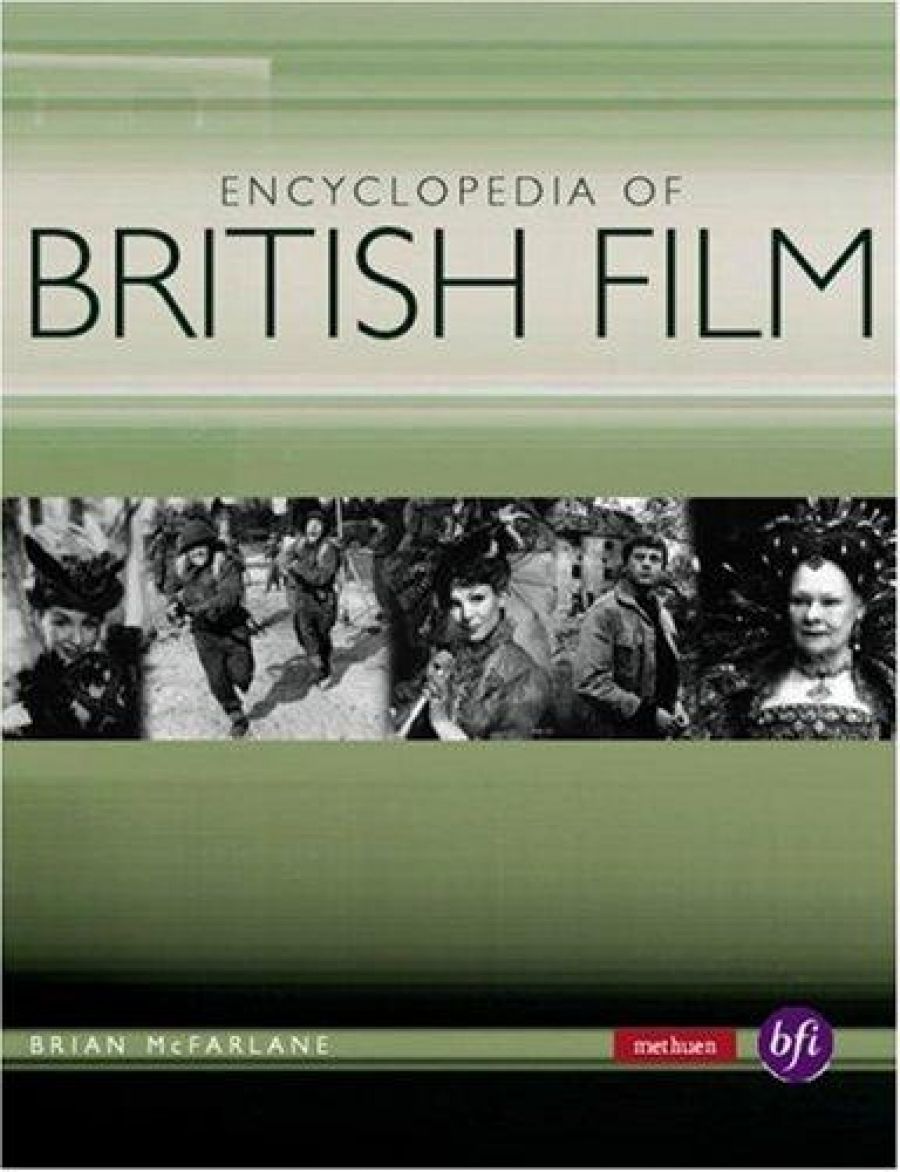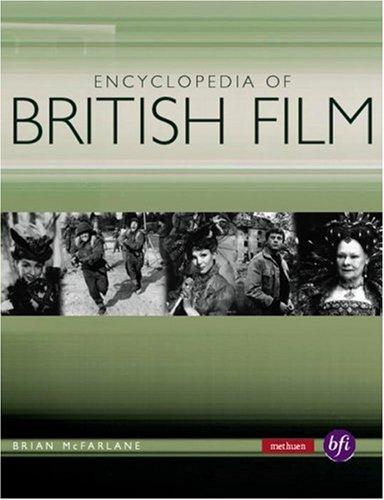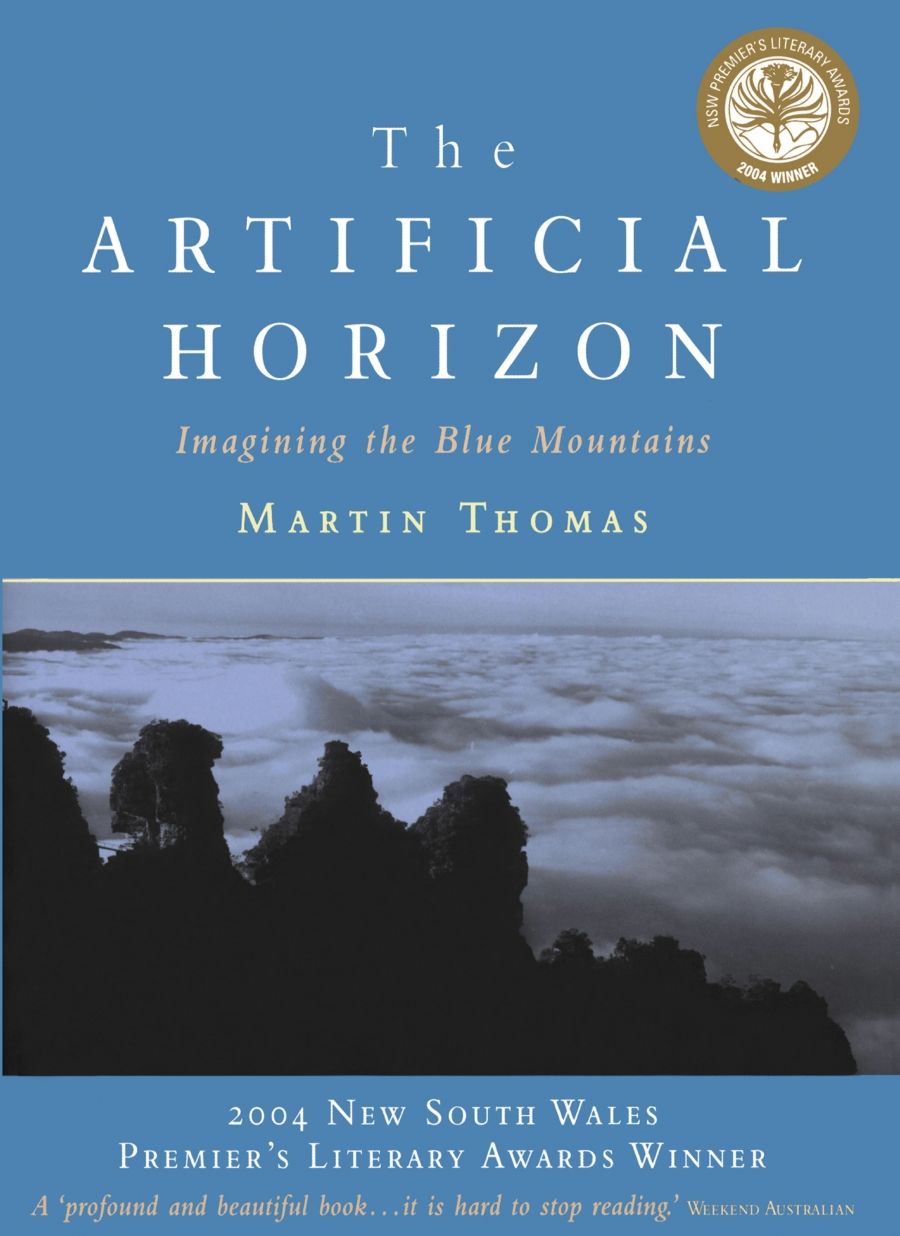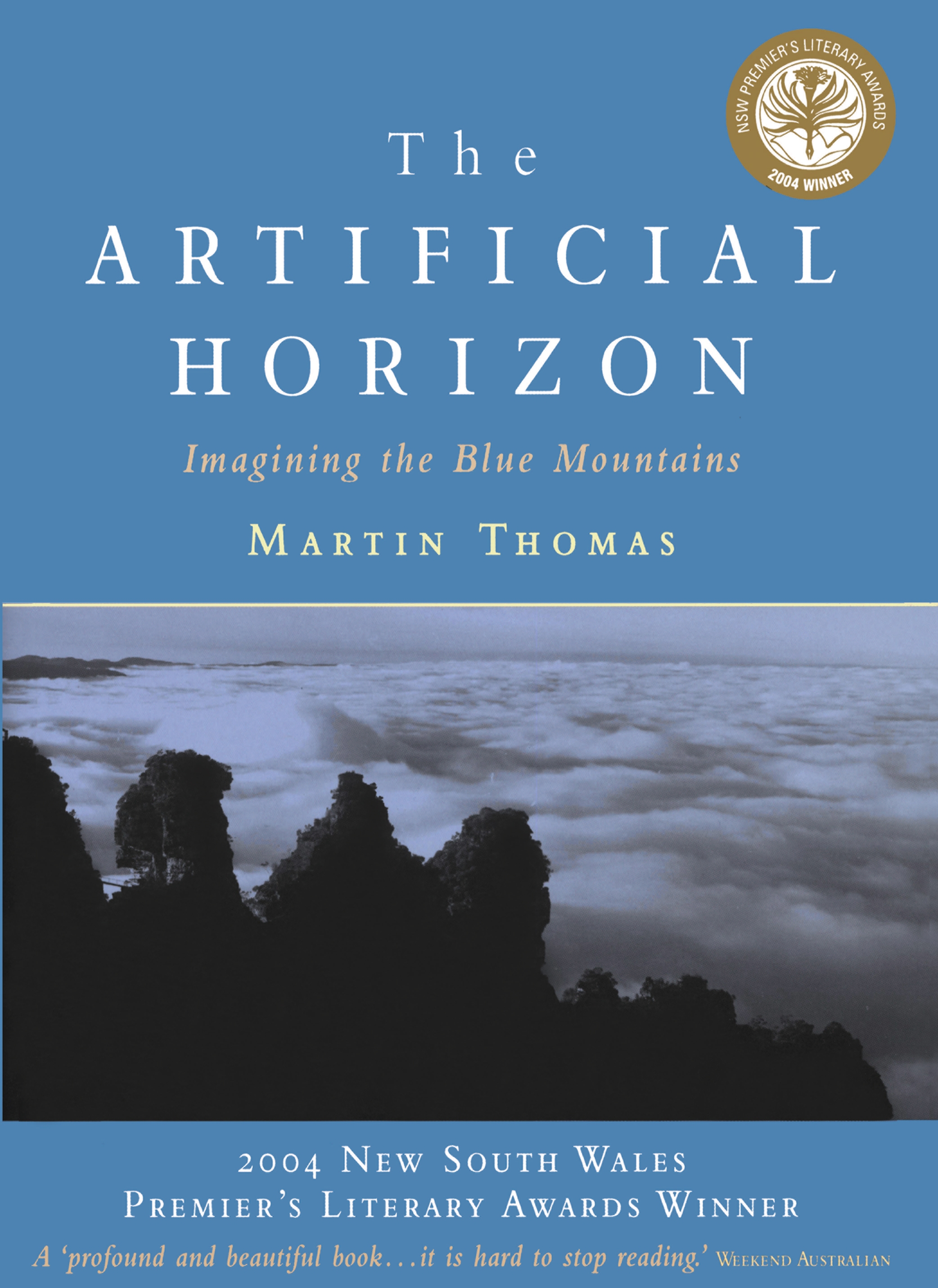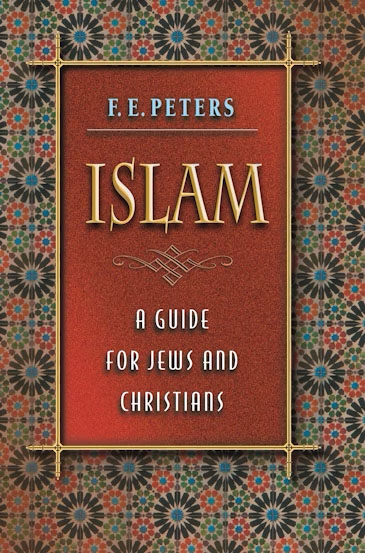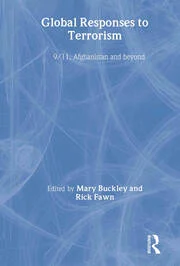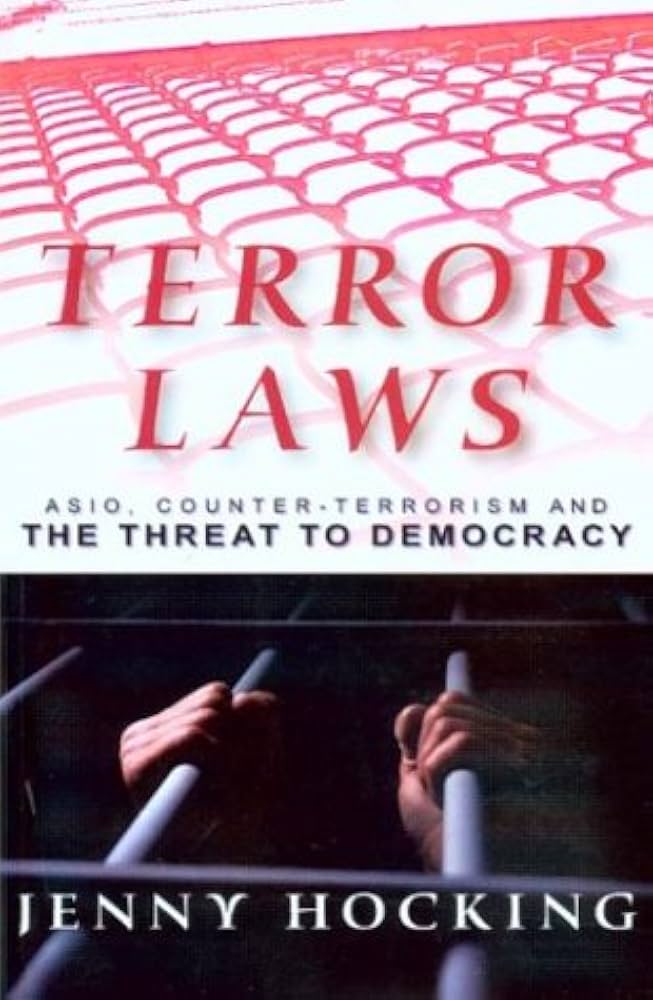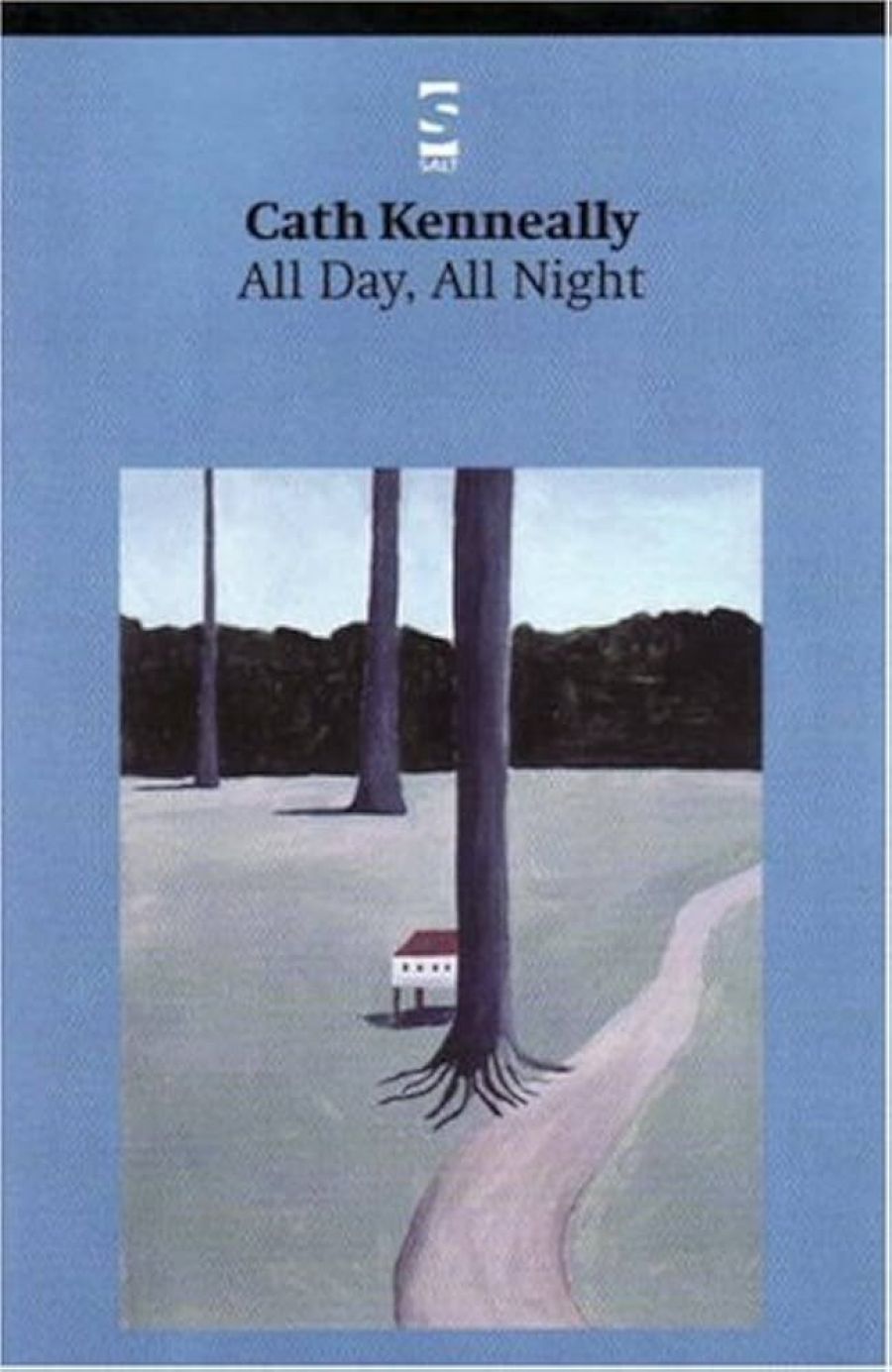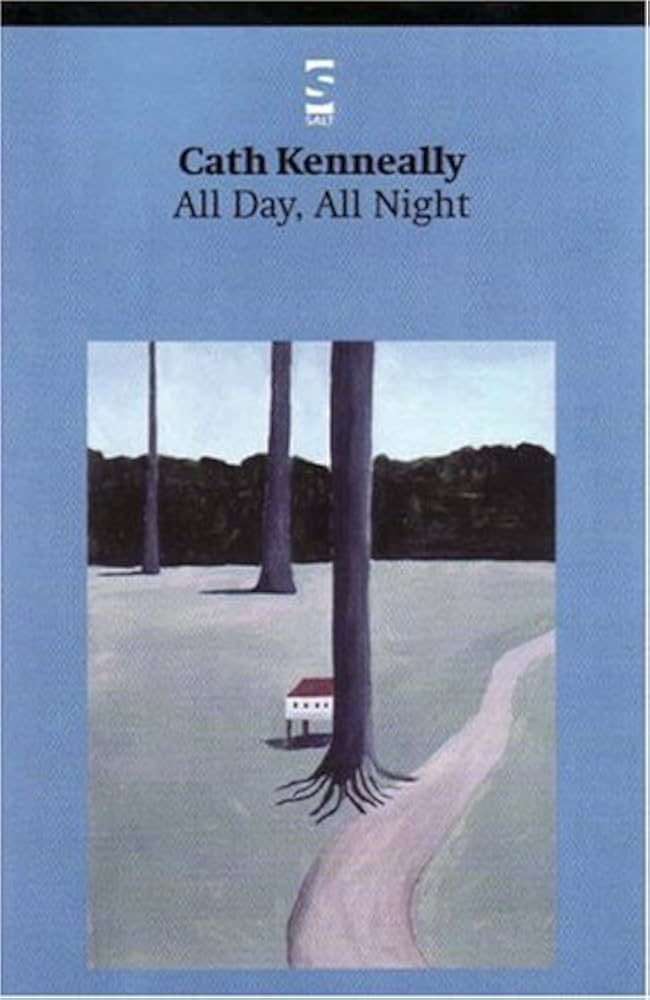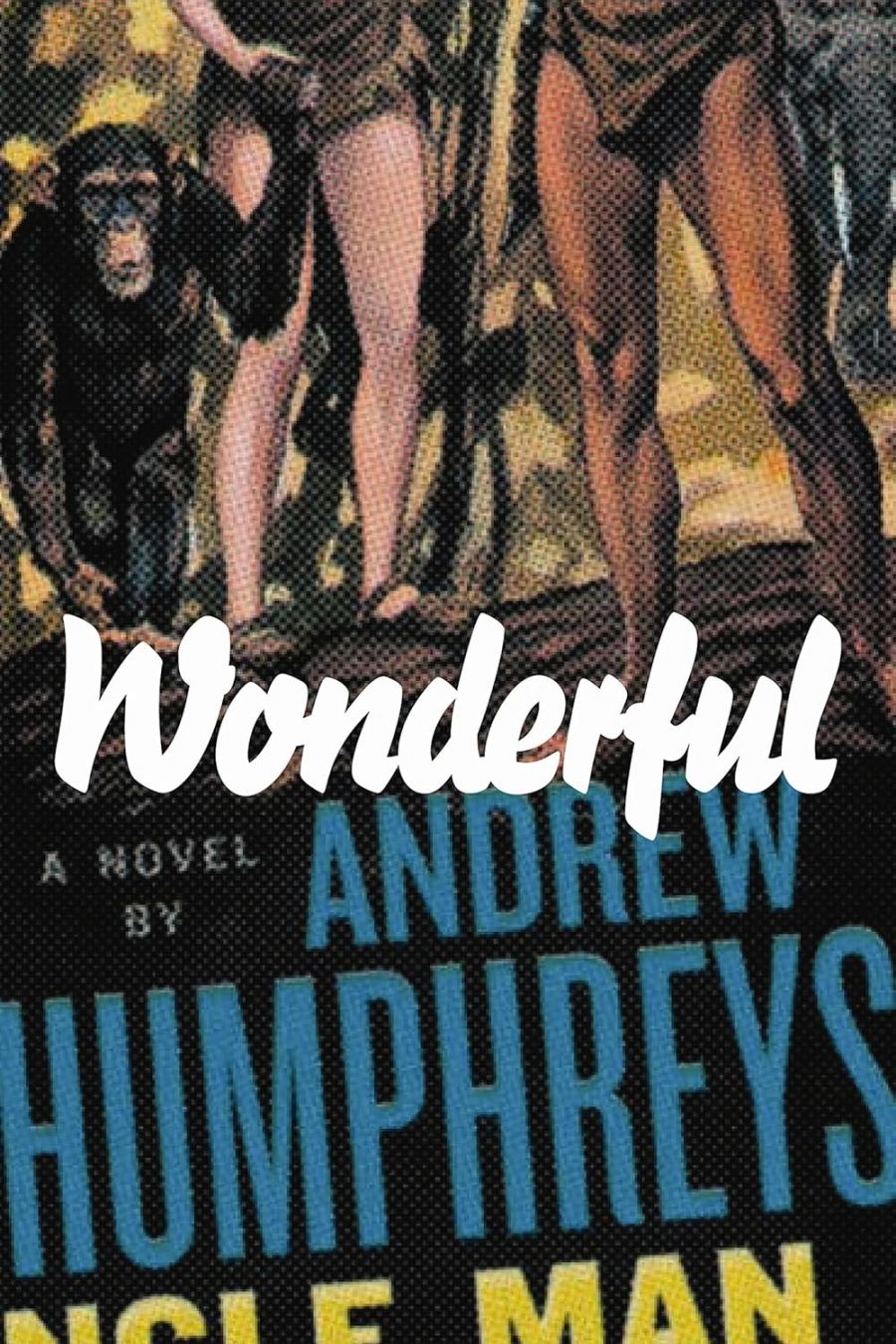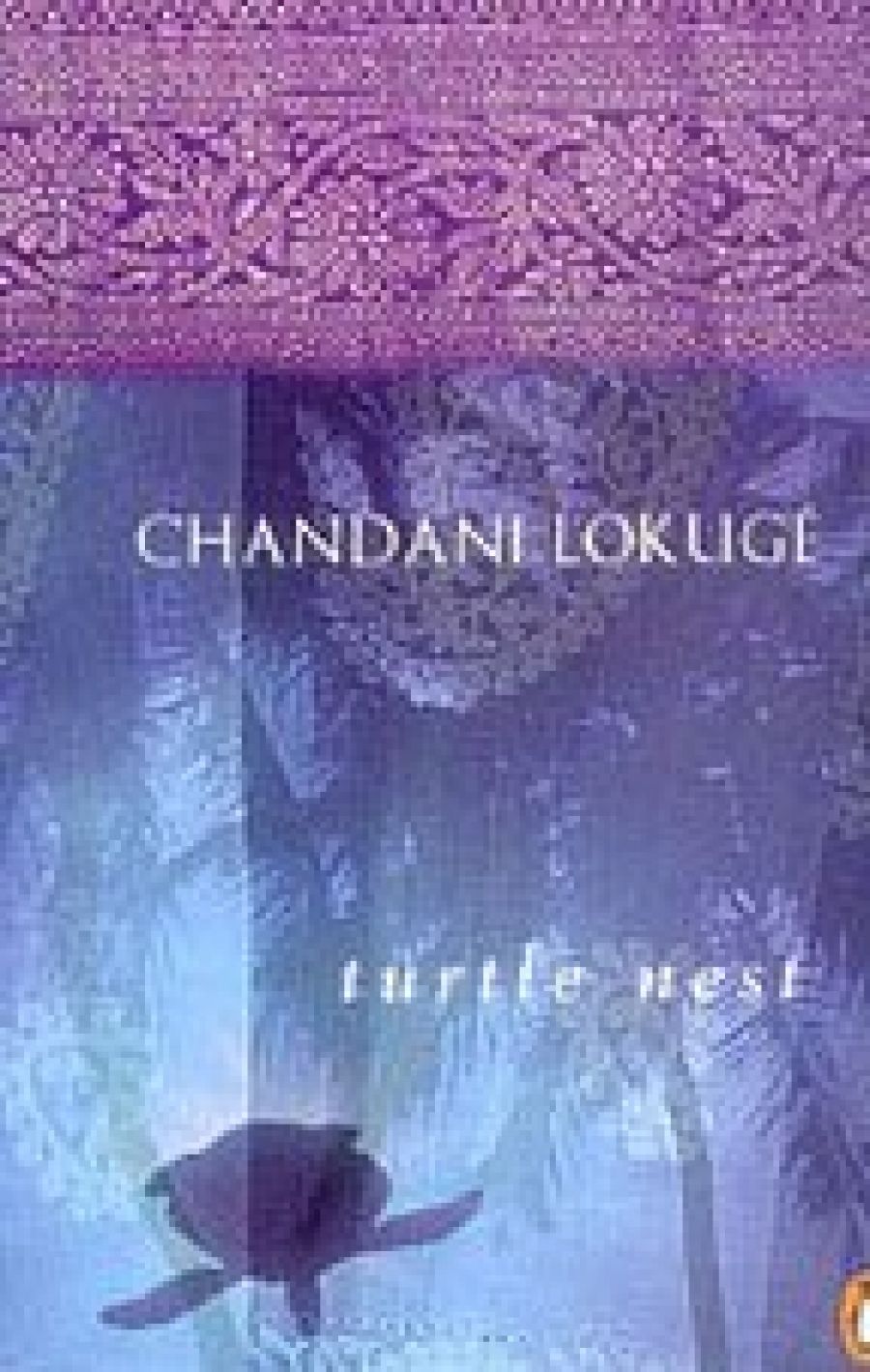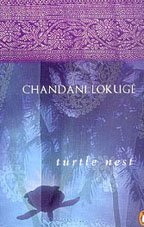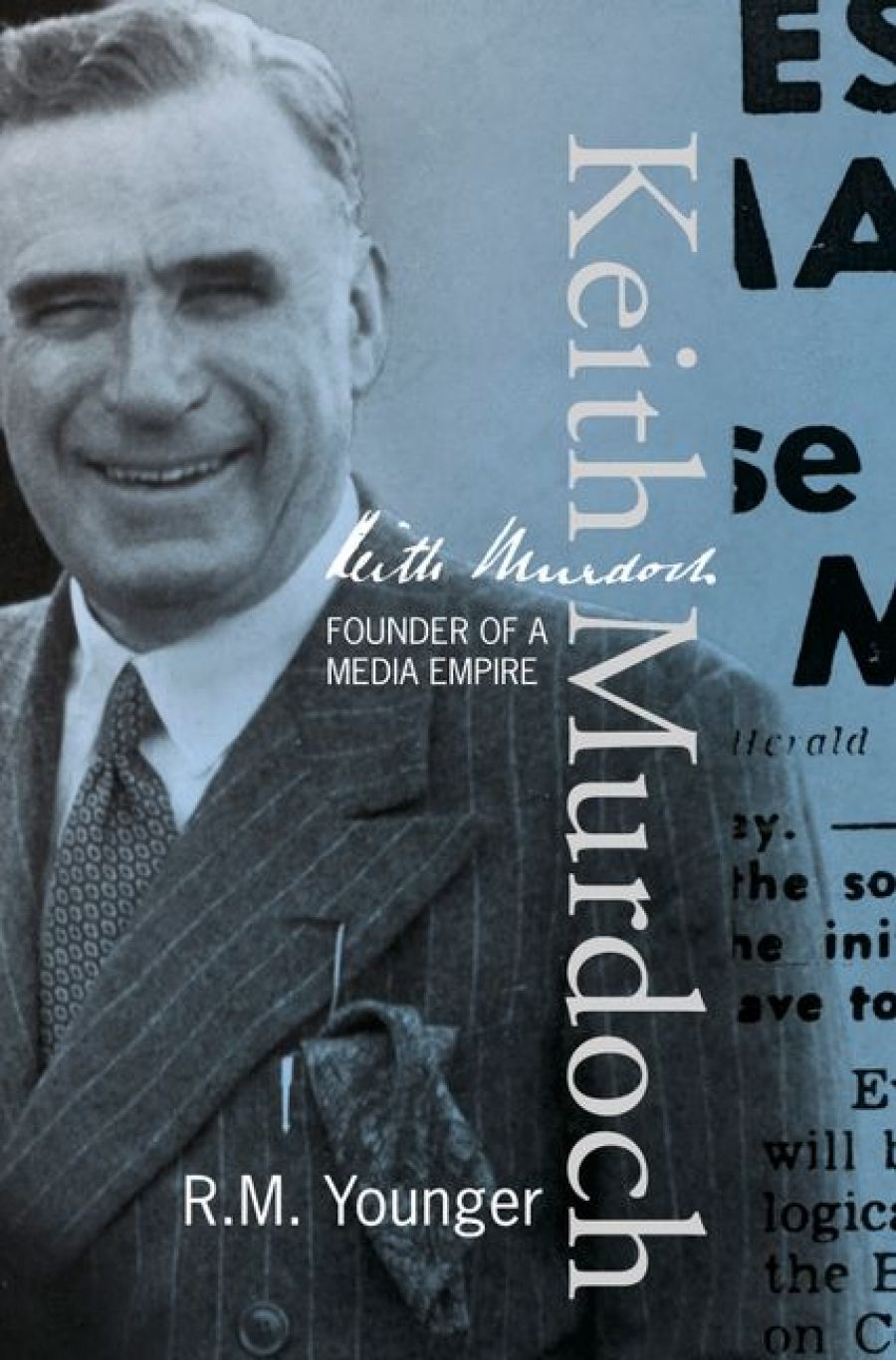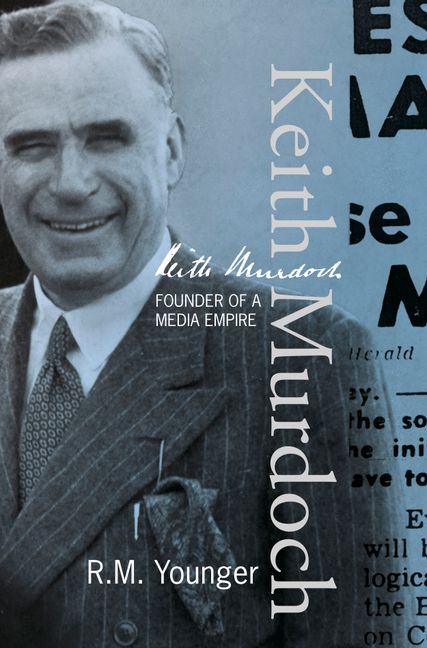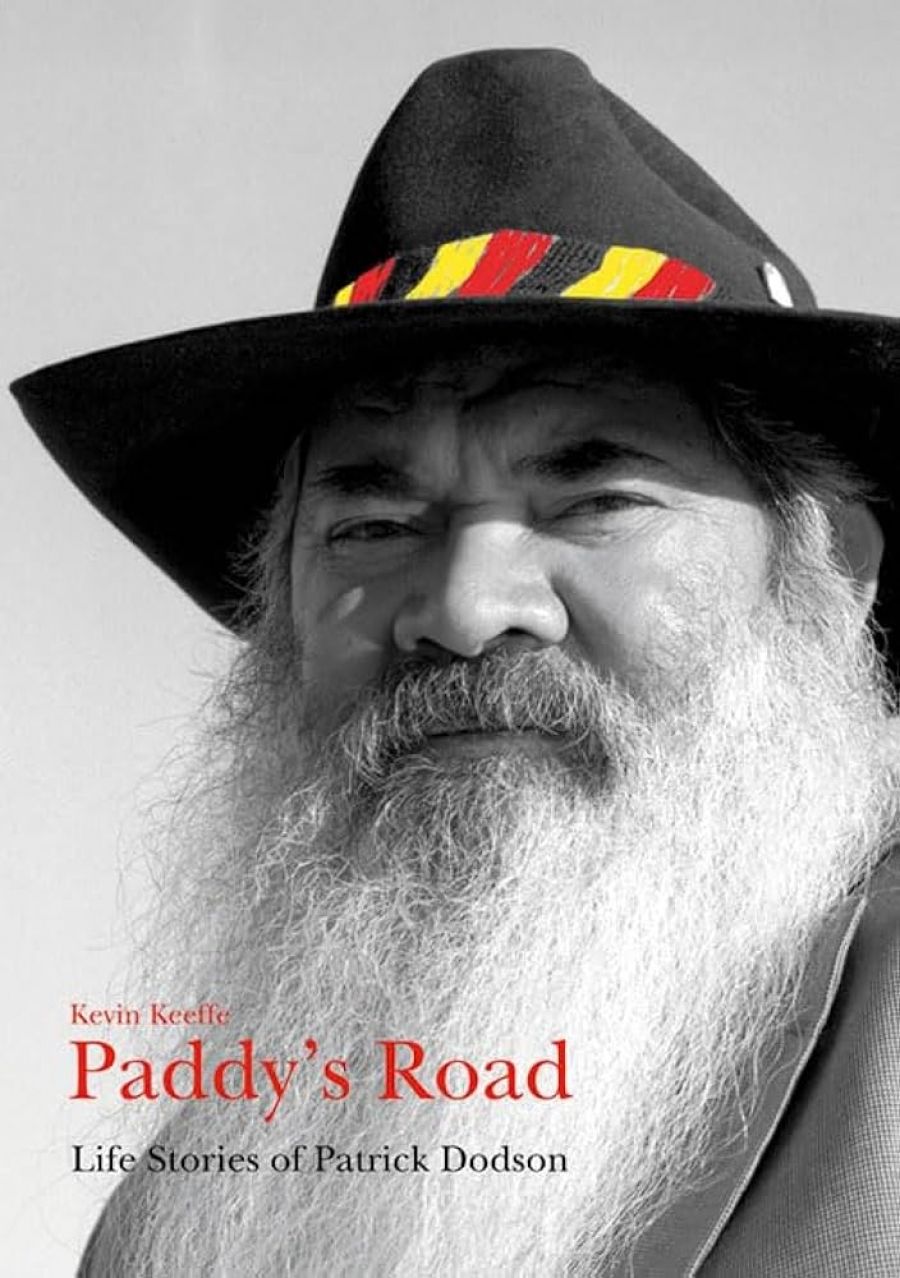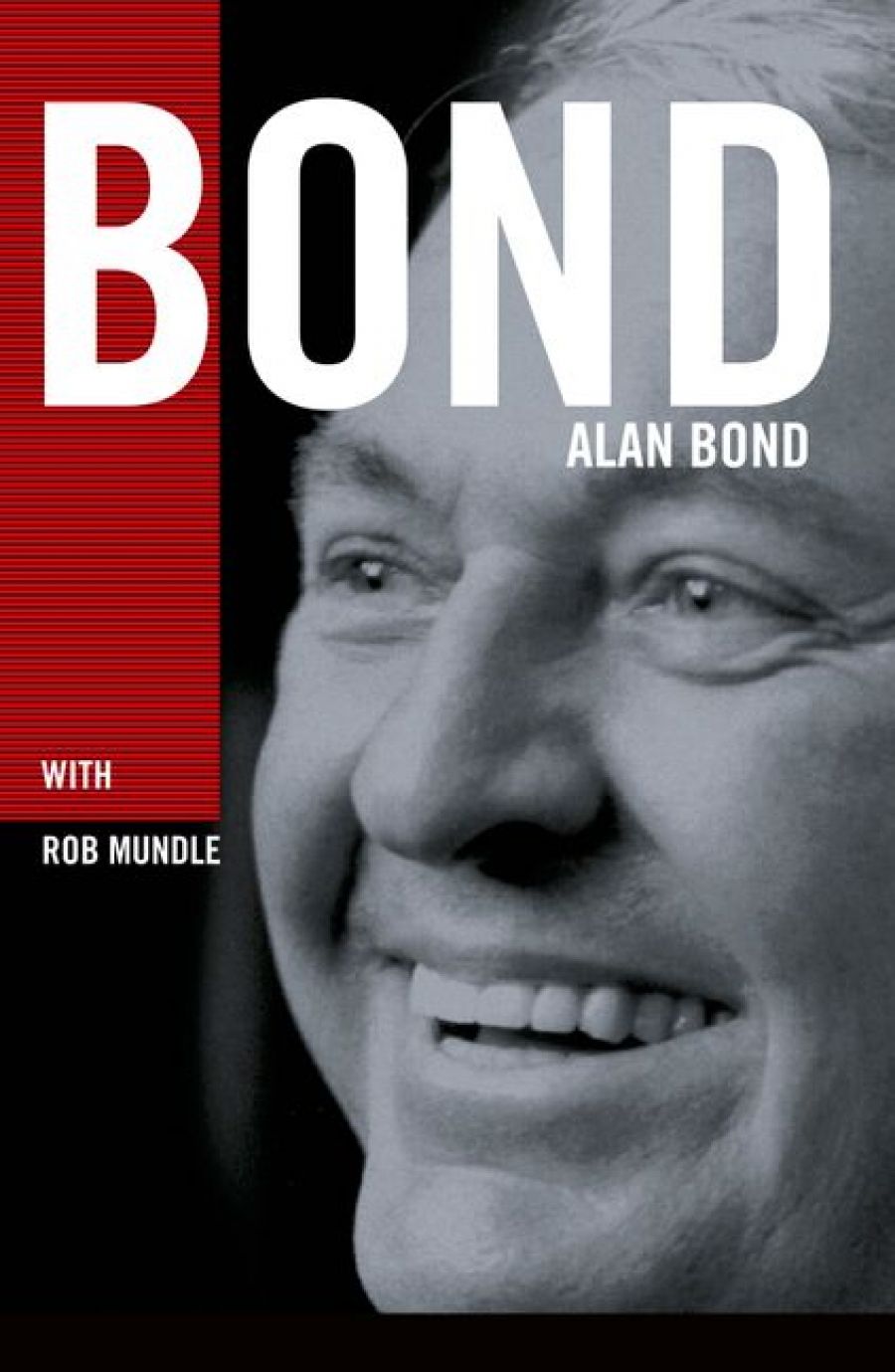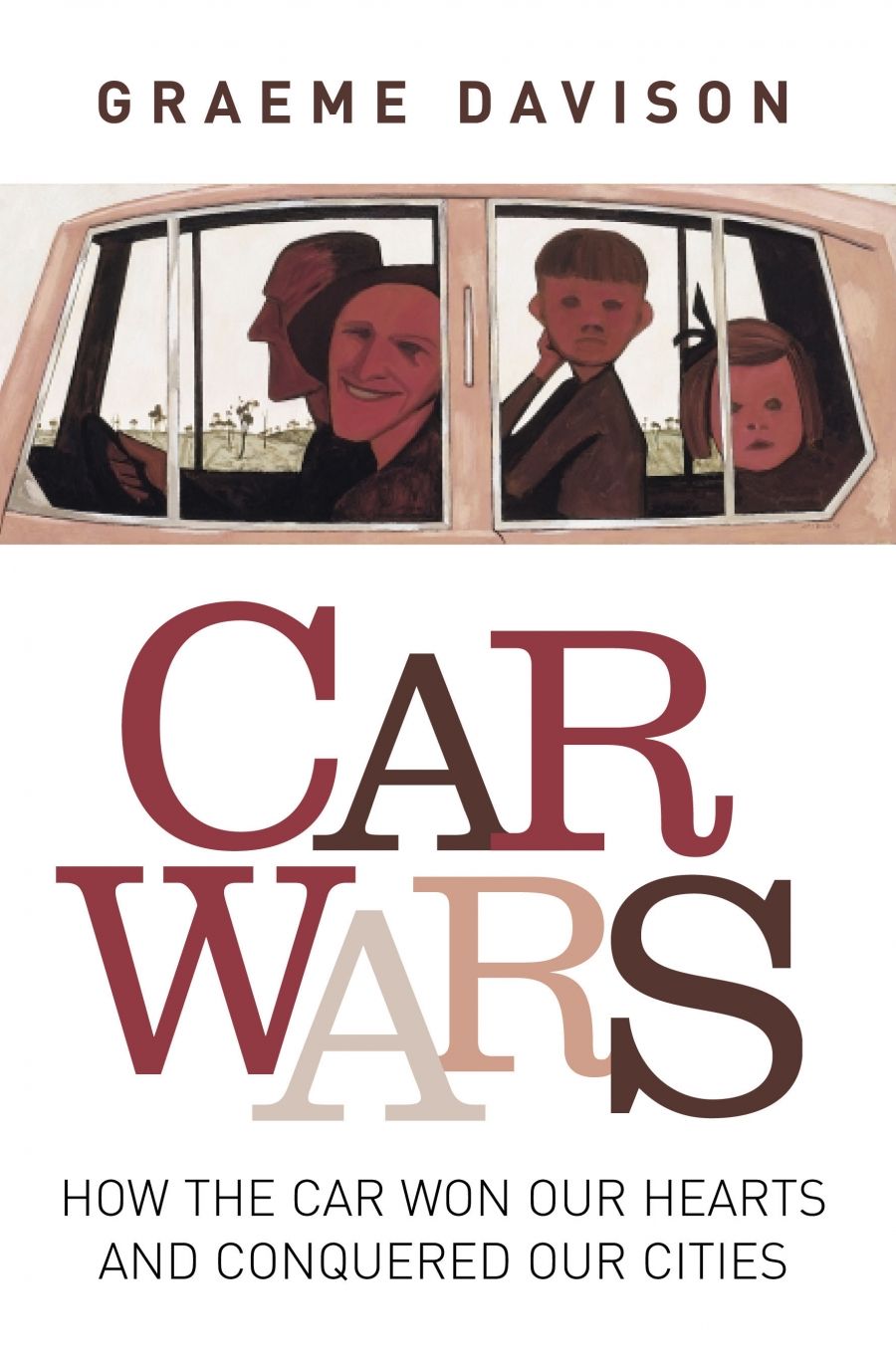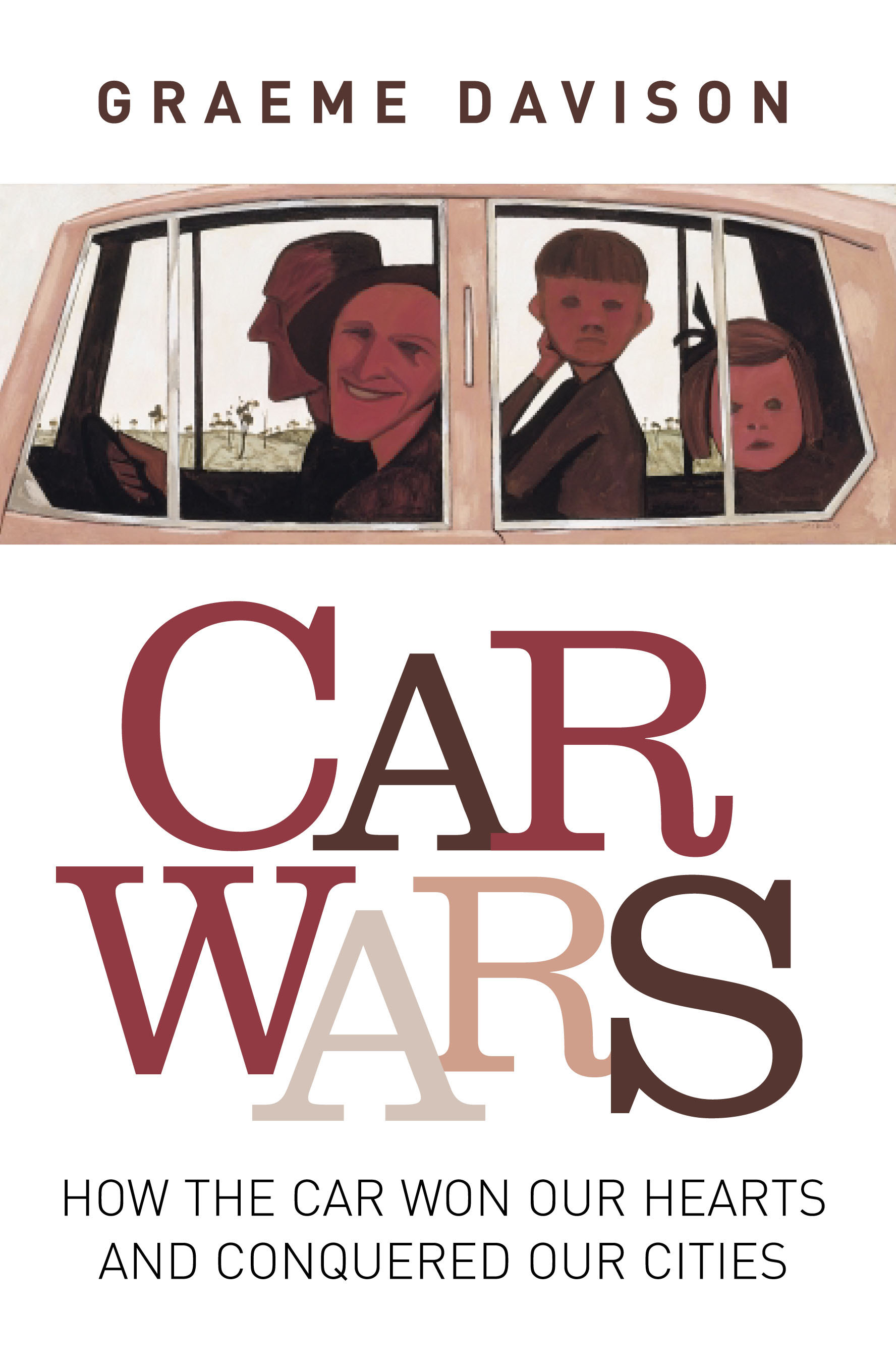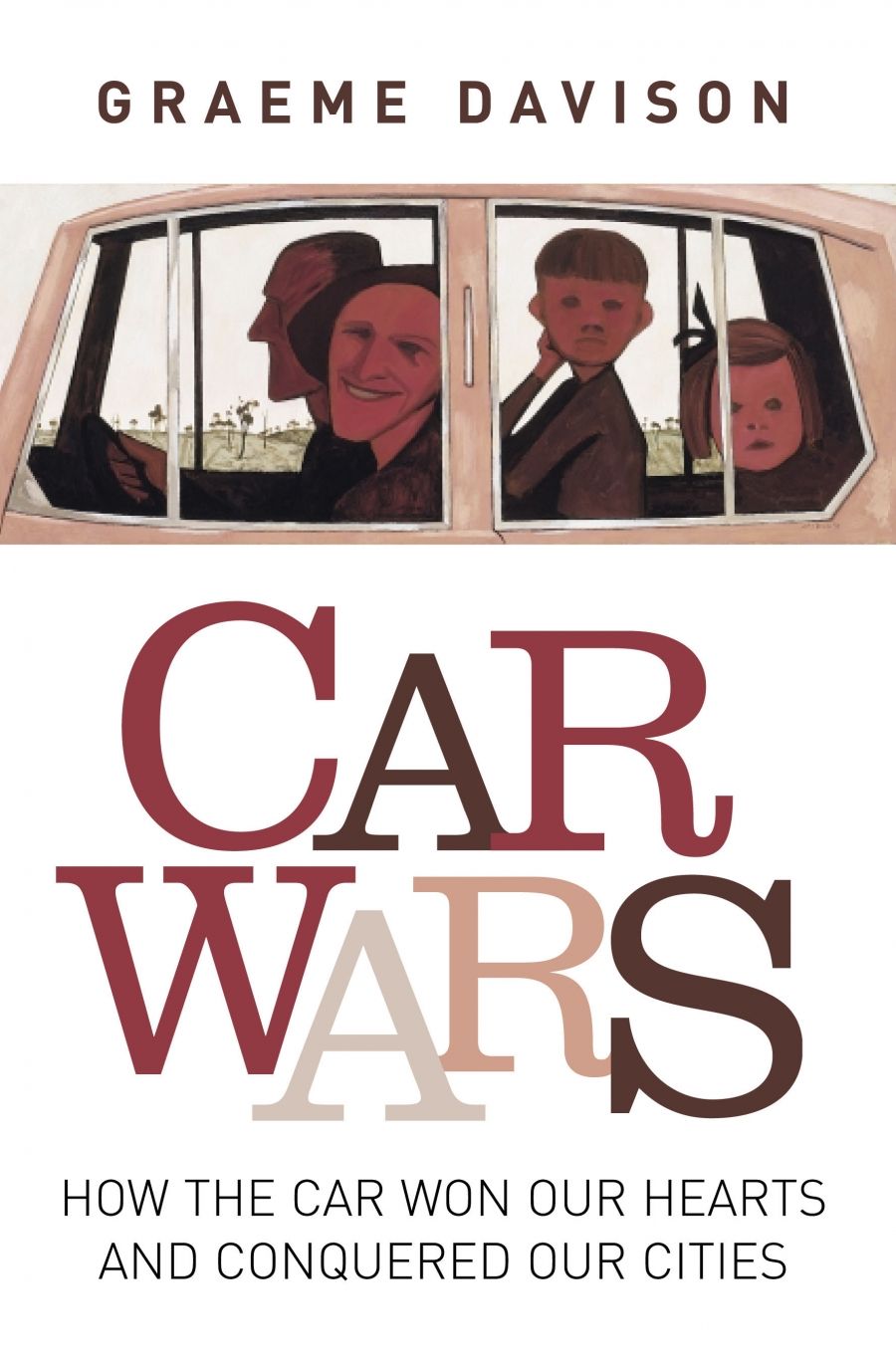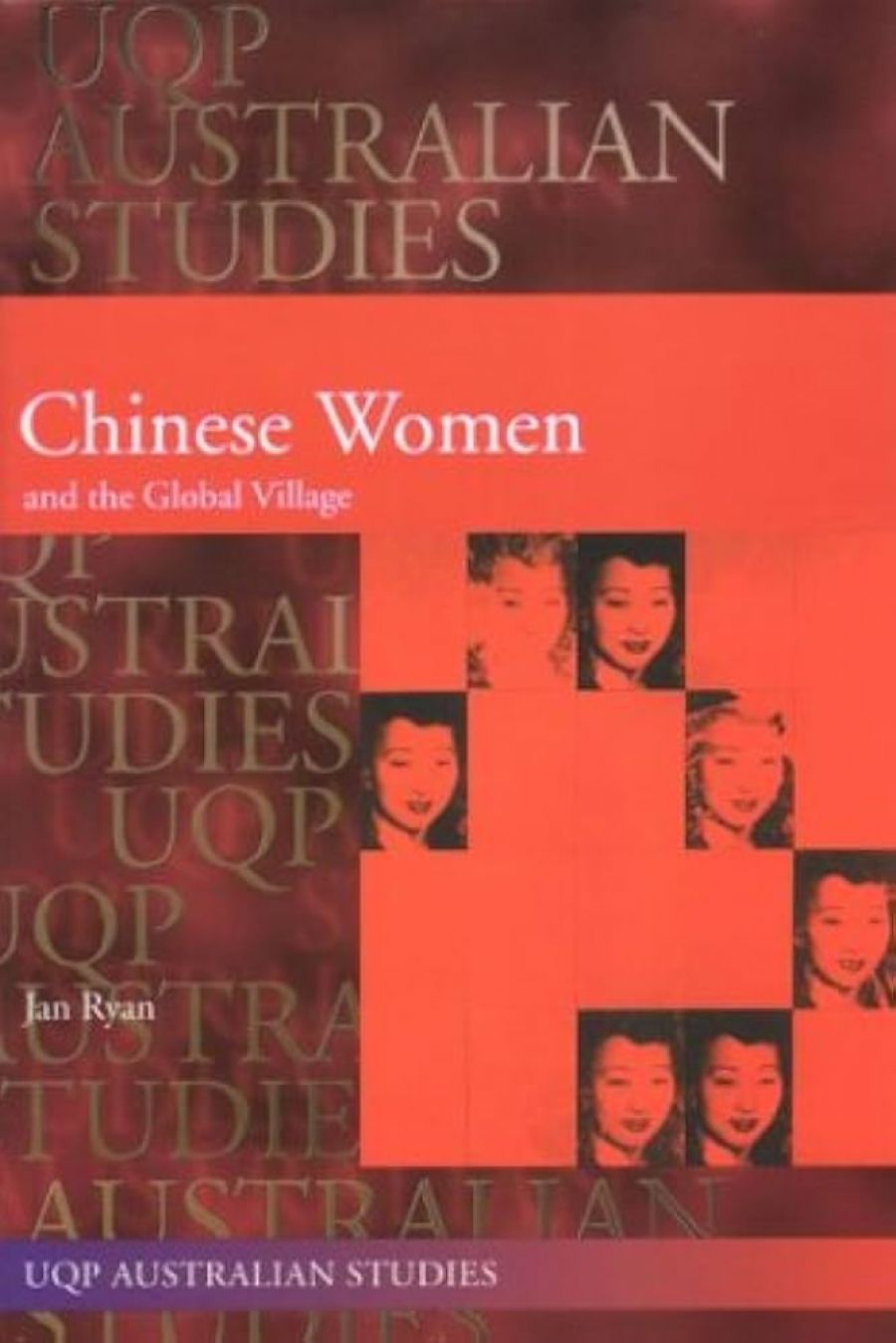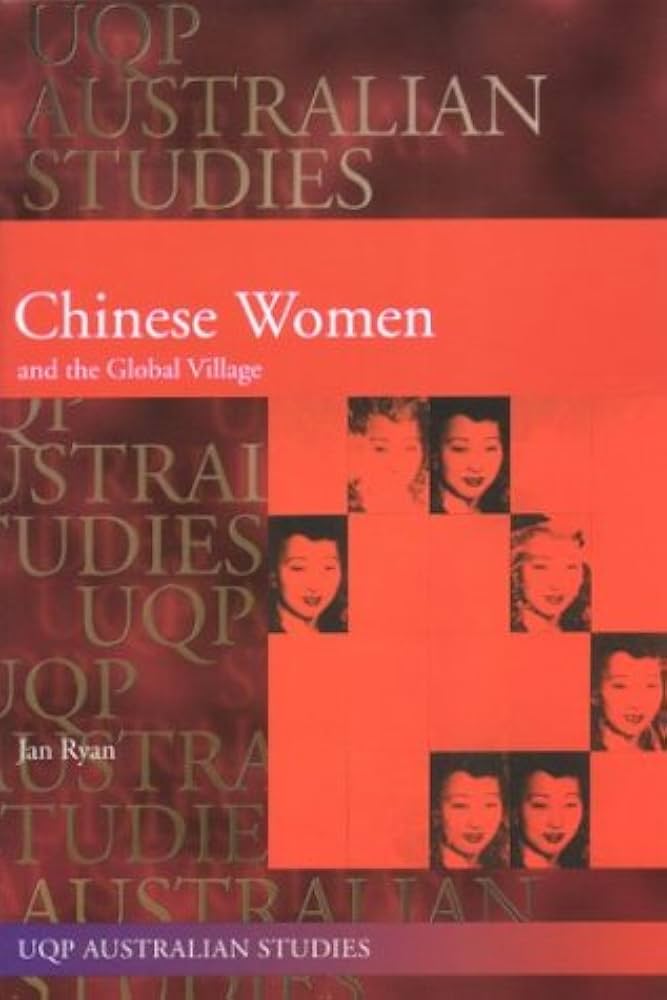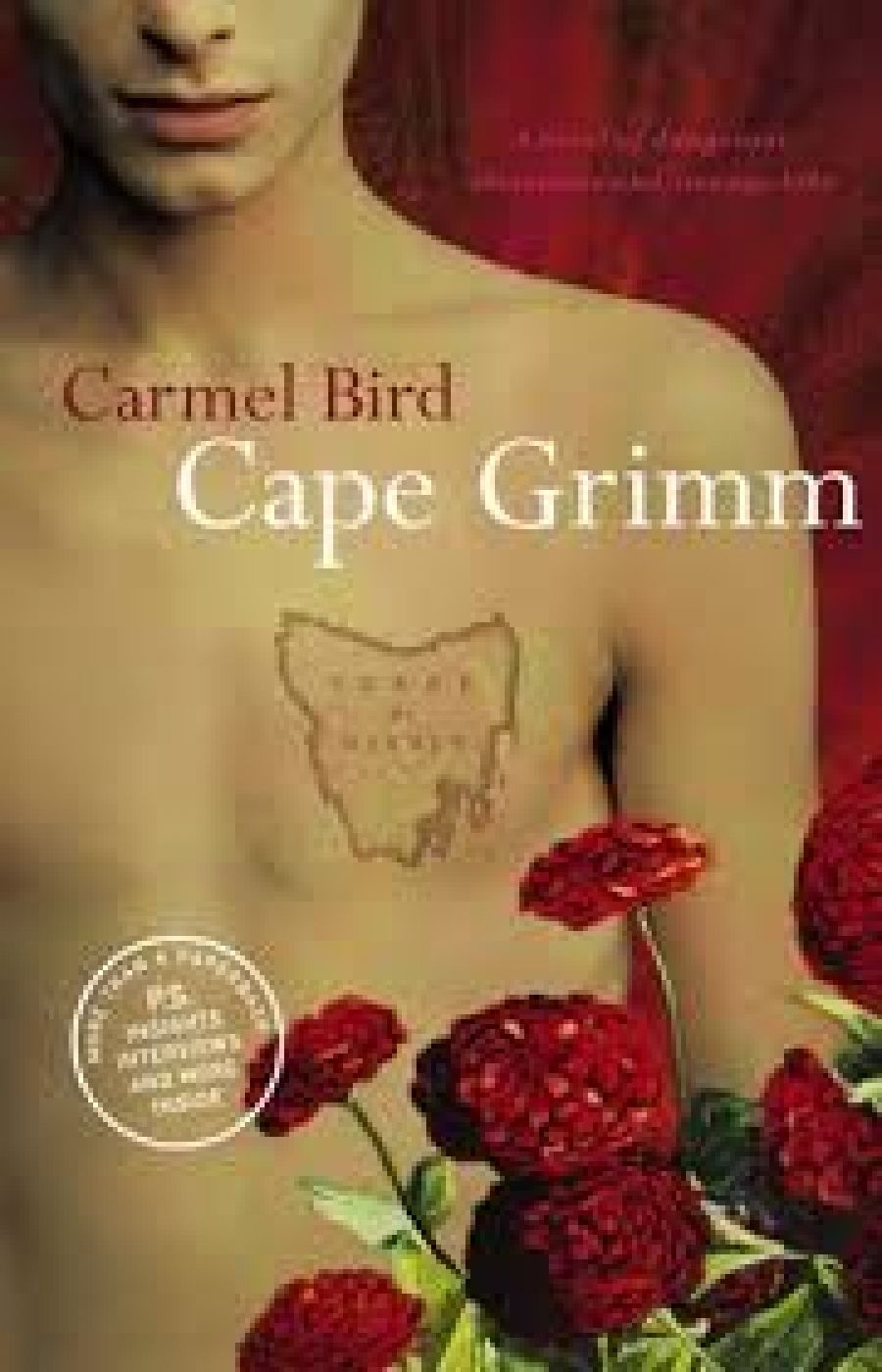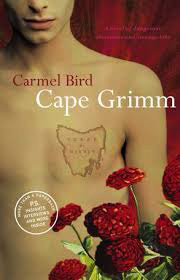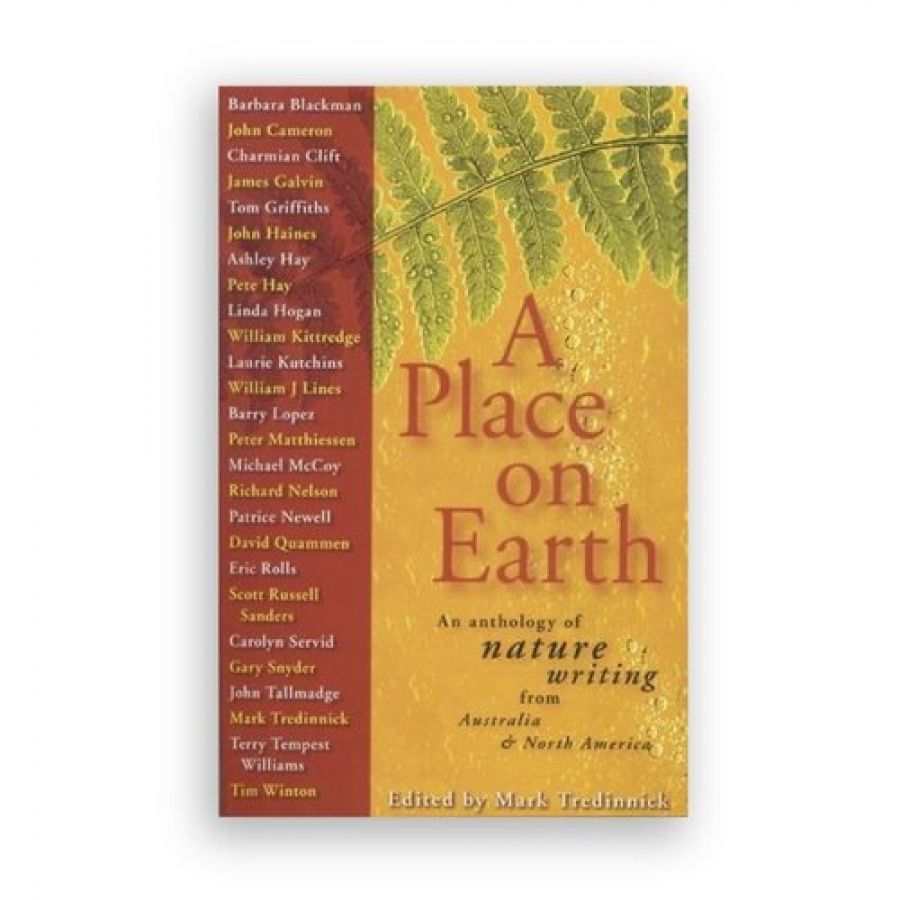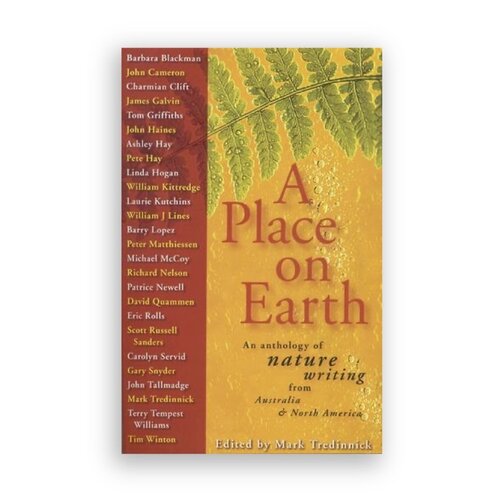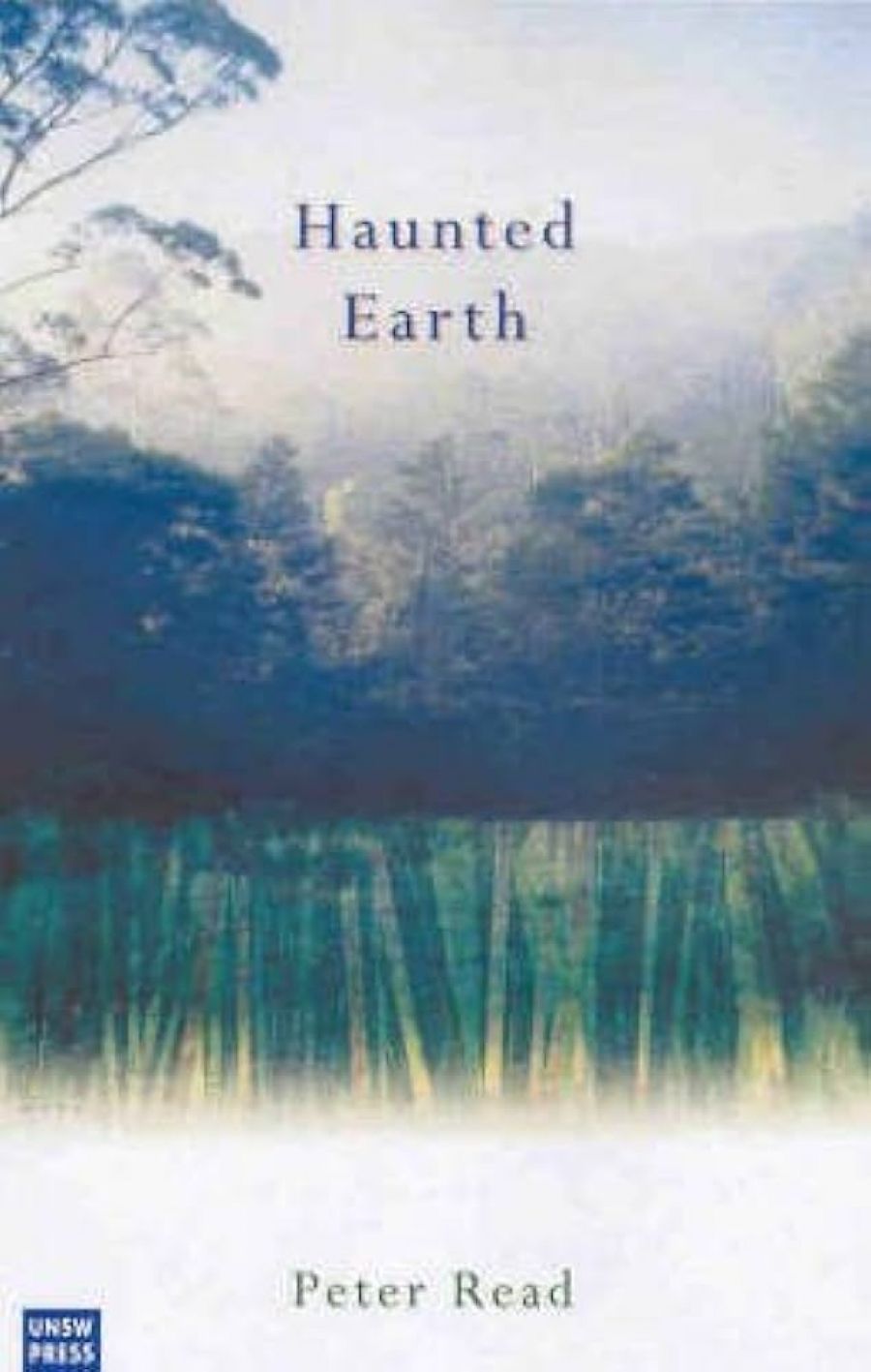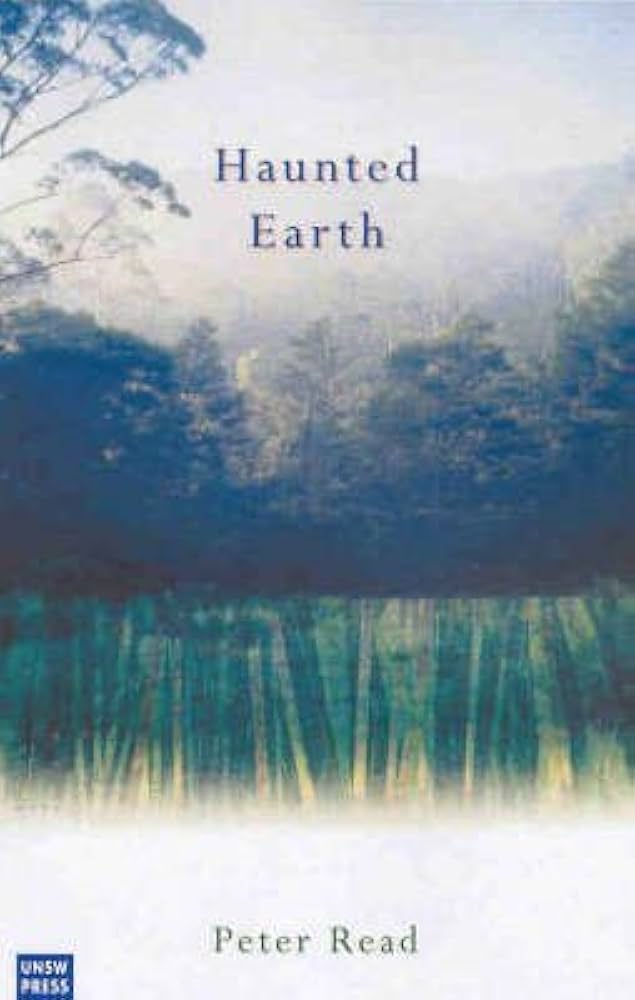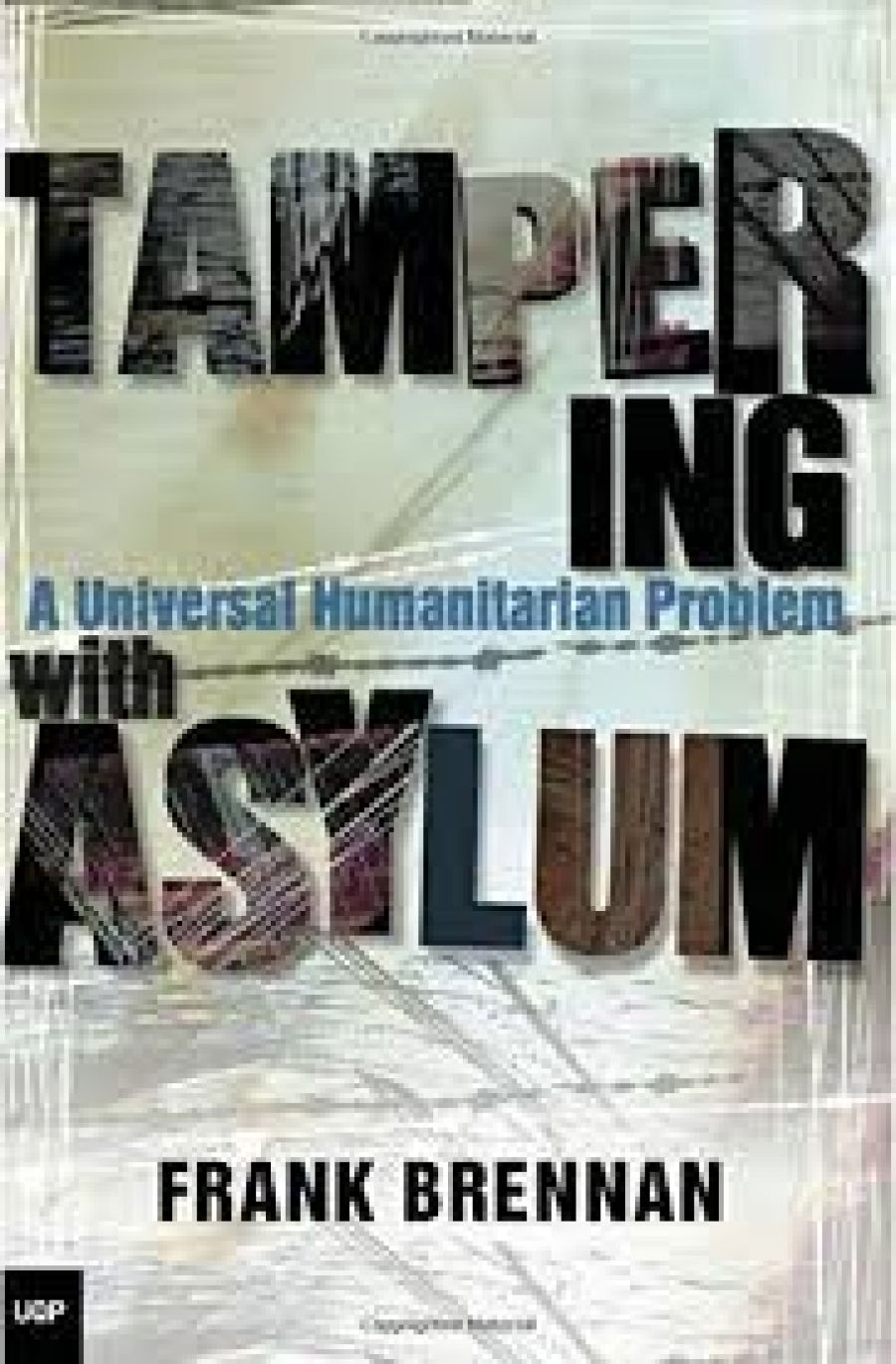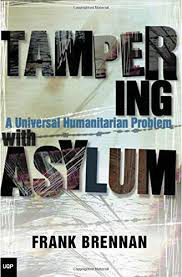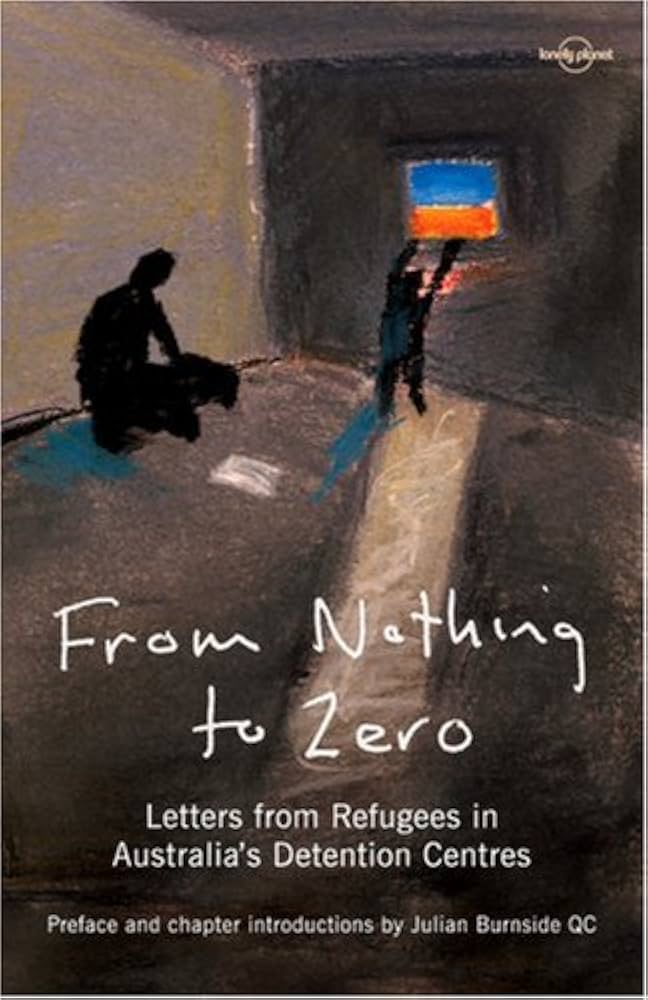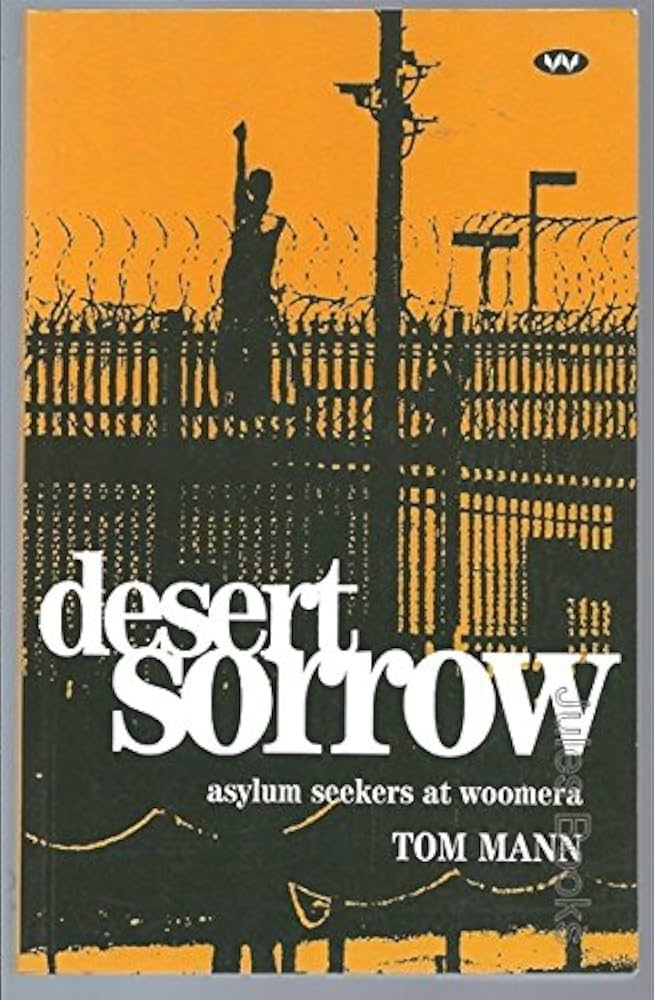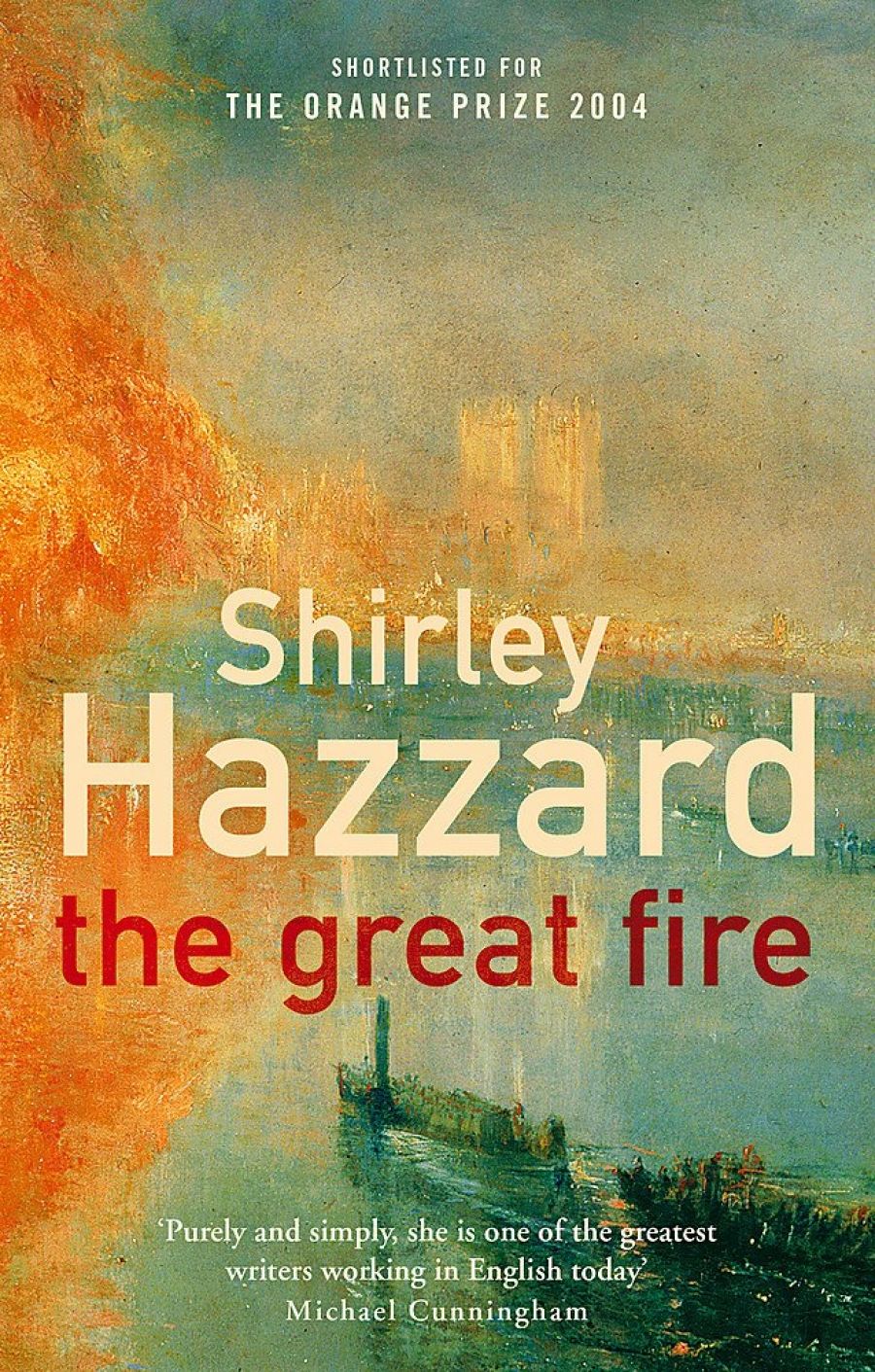
- Free Article: No
- Contents Category: Fiction
- Review Article: Yes
- Article Title: The Contingent Life
- Online Only: No
- Custom Highlight Text:
London seen through a haze of smoke and fire in J.M.W. Turner’s famous painting, The Burning of the Houses of Parliament, is the evocative cover image for Shirley Hazzard’s long-awaited novel. The Great Fire comes twenty-three years after Hazzard’s brilliantly composed, witty, and ultimately tragic work ...
- Book 1 Title: The Great Fire
- Book 1 Biblio: Virago, $28 pb, 314 pp, 1844081397
London seen through a haze of smoke and fire in J.M.W. Turner’s famous painting, The Burning of the Houses of Parliament, is the evocative cover image for Shirley Hazzard’s long-awaited novel. The Great Fire comes twenty-three years after Hazzard’s brilliantly composed, witty, and ultimately tragic work The Transit of Venus. Like the earlier novel, The Great Fire is ambitious in theme and intricately structured. It explores the human response to war and destruction, with the great fire of Hiroshima the immediate cause of the novel’s journeys among maimed people and damaged places in 1947.
Aldred Leith, a thirty-two-year-old British officer with a heroic war record, is sent to Japan to write his impressions of war’s aftermath in the area devastated by the atom bomb. Restless, estranged from his parents, divorced and uncertain of his future in civilian life, he welcomes an assignment that will deepen his knowledge of Asia. Having lived in Hong Kong as a child and later travelled widely in China, Leith has broader sympathies than most of his colleagues. He observes with growing distaste the psychological distortions that follow the Allied victory. At their best, the victors are patronising about anything Asian; at their worst, they take self -aggrandising pleasure in humiliating the vanquished.
Images of death confront Leith from the moment he arrives in Japan. A frail prison camp survivor, Gardiner, offers a ‘bone china claw’ to shake hands. The two men talk about the disruptions war has brought to private life and the near-impossibility of renewing love. Gardiner, due for repatriation to Britain, dies that same night. The next day, Leith, so recent an acquaintance, is his only mourner.
Billeted in a military compound, Leith reports to Brigadier Barry Driscoll, a belligerent Australian, and his wife, Melba, who has her own style of ferocity. This appalling couple, whose satiric presentation Patrick White could not have surpassed, relish their newly grasped power. They do not distinguish between authority and cruelty in their dealings with the Japanese. Leith’s wish to learn about the survivors of Hiroshima brings instant hostility:
Mrs Driscoll was of middling height only, an illusory tallness being created by her large forcible head and martial shoulders, and by fluffed white hair that, upswept, made its contribution. Behind spectacles, at the centre of a thick lens, the eye shone, small, animate, and marble. To Leith, who went forward putting out his hand, she said: ‘I’m sorry for you.’ A piping voice, active with hostility. ‘Arriving on such a humid day. We’re just going to table. We put in a proper table, we don’t eat off the floor. But I suppose you like things to be Japanese.’
Hostility deepens when Leith overhears Driscoll, out of control with rage, abusing a young Japanese interpreter, who subsequently kills himself because of the humiliation. Counterpointing the antagonism between Leith and Driscoll is Leith’s friendship with Driscoll’s young son and daughter. The son, Benedict, is an invalid, dying from some rare disease. Neglected by his parents, who felt entitled to healthy children, Benedict is sustained by the care and companionship of his sister, Helen. And it is with seventeen-year-old Helen that Leith falls in love.
The central situation thus becomes the predicament of the lovers. There are formidable barriers: Helen’s age; her parents’ hatred of Leith; and the duties that soon take him from Japan to Hong Kong, and home to England. During their separation, Helen is removed to New Zealand where, like a captive in her tower, she awaits her rescuer.
The characterisation of Helen is a weakness in an otherwise assured and resonant novel. It’s not just the improbability of such intelligence, beauty, and gentleness emerging from the brutal and vulgar Driscoll ménage. Perhaps it’s unfair to invoke Tolstoy, but the obvious comparison for this story of love and war is War and Peace and Prince Andrei’s first sight of the enchanting young Natasha. In a novel replete with literary allusions, Aldred Leith’s unusual first name may be intended to echo Andrei’s. But, unlike Natasha, Helen is pure spirit and intelligence, without a distinctive voice or physical reality. Describing her as a changeling or a mermaid does not help. There is a finicky concentration on Helen’s hands. One hand is glimpsed by Leith at the dinner table, lying at rest among the ceramic cups and red lacquer dishes. Before he can see Helen’s face or form, he waits, alert as a birdwatcher, for the other hand to come into view. In later scenes, her hands tremble, or are ‘turned by nervousness into starfish’. This small imperfection only underlines Helen’s idealisation as the only being untainted by war or disease.
Fortunately, the love story of Leith and Helen is by no means all the novel has to offer. It provides formal unity: it gives Leith a purpose, but it matters less than the people and places seen during his odyssey. His friend and alter ego, the Australian Peter Exley, a former art historian who serves on a War Crimes Tribunal, is a sadder and more complex figure than the rather wooden Leith. The Hong Kong scenes, in which Exley struggles against depression and self-doubt, are haunting and wonderfully observed. On his solitary walks, Exley contemplates poverty, dirt, and disease, as well as the natural beauty of harbour and hillside. He dines at Government House, where colonial power dwindles without knowing its own absurdity. He shares quarters with fellow Australian Rystrom, whose assignment is the War Graves Commission. In Rystrom, the author hits the familiar target of the Australian male’s crass humour:
Rystrom said it was funny they should both be Australians, he and Exley, and on loan to the British Army. He said ‘You War Crimes lot’, and hooted like the siren. Rystrom could introduce disbelief into anything: unmasking was his vocation. With suspicion he turned over Exley’s Chinese and Japanese textbooks, his volumes on international law: ‘A beaut racket.’
Rystrom jokes about the fact that the War Graves job has given him ‘a new lease of life’. Yet he suffers from nightmares in which he relives memories of dismembered men and sheets of flame. Hazzard does not give her cultured heroes a monopoly on psychological war damage.
Reading this novel in 2004, Australians (and New Zealanders, too) may feel that Hazzard’ s satiric glances at antipodean provincialism are outdated, forgetting that the Sydney of Exley’s boyhood, from which he escaped to prewar Italy, was the 1930s. Hazzard, now in her early seventies, left Australia when she was sixteen and has spent most of her life in New York. This is an historical novel, as well as a novel about history, and its version of Australia’s past has the authority of Hazzard’s own experience.
What lingers in the memory from this quiet, yet powerful, novel are the scenes in which Leith and Exley take their solitary walks among the ruins in Hong Kong and London. These and other scenes could stand alone as short stories; they are a reminder of Hazzard’s mastery of that form. Economy, wit, gravity, and grace make The Great Fire an outstanding work, in which the fuzziness of the love story is more than compensated for by the richness of the contingent life.


